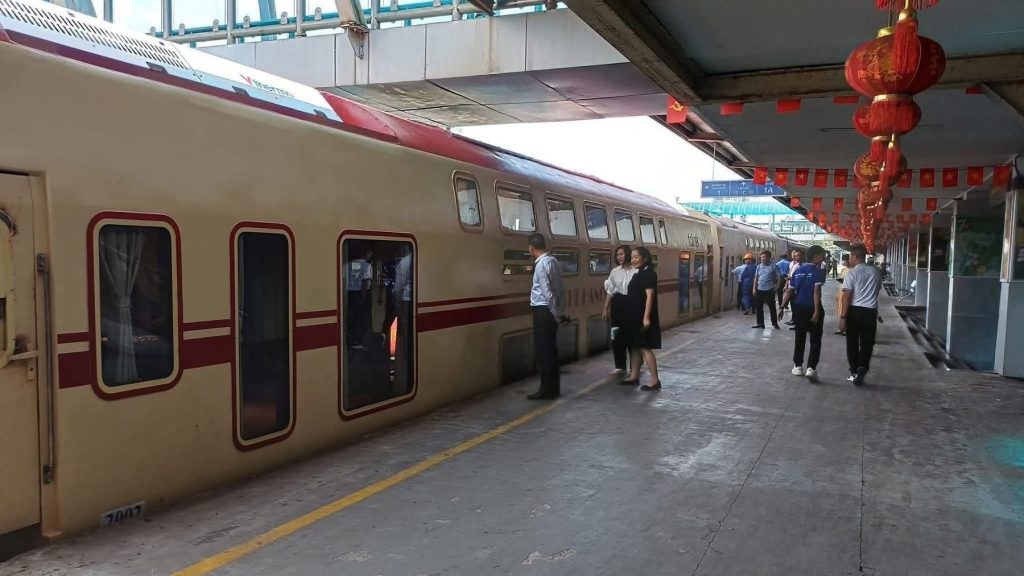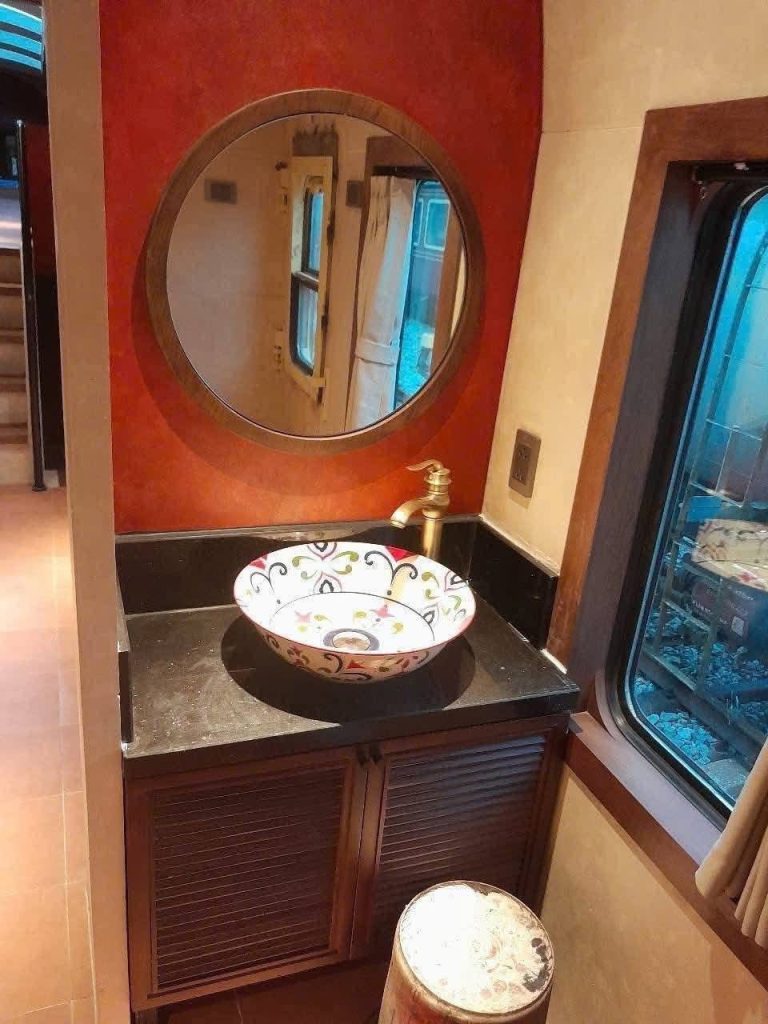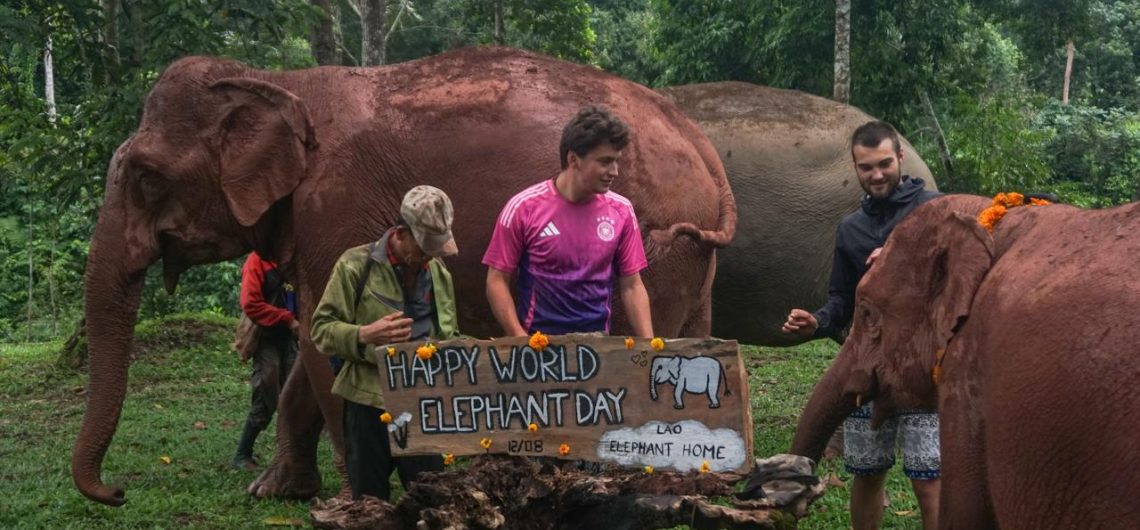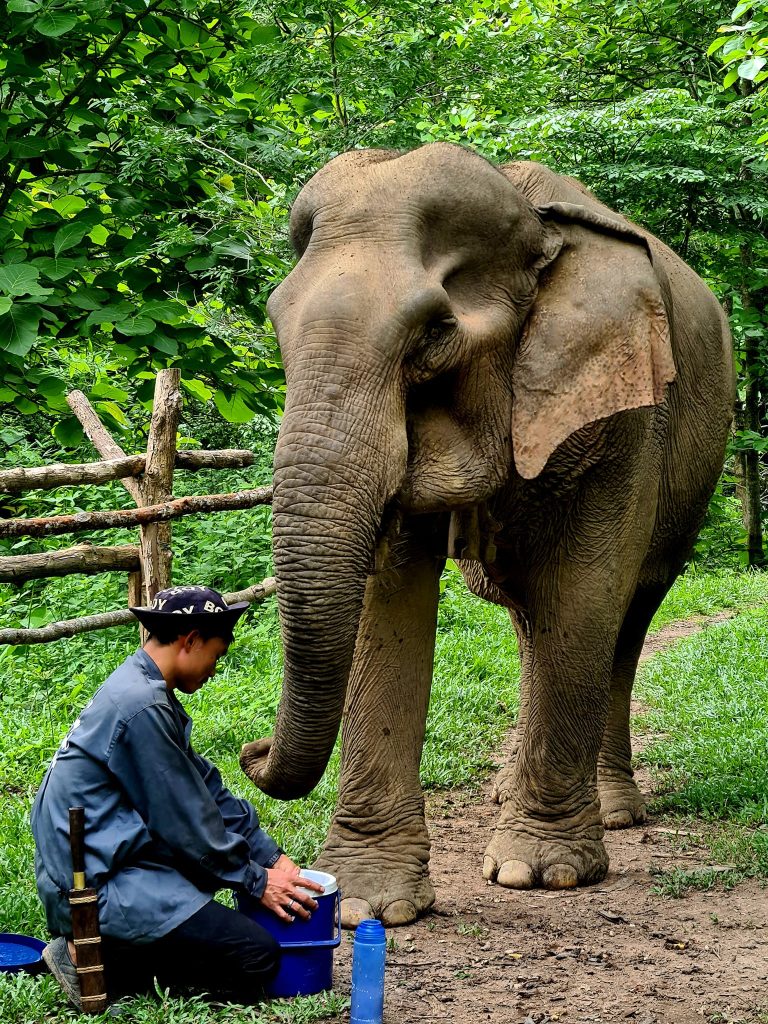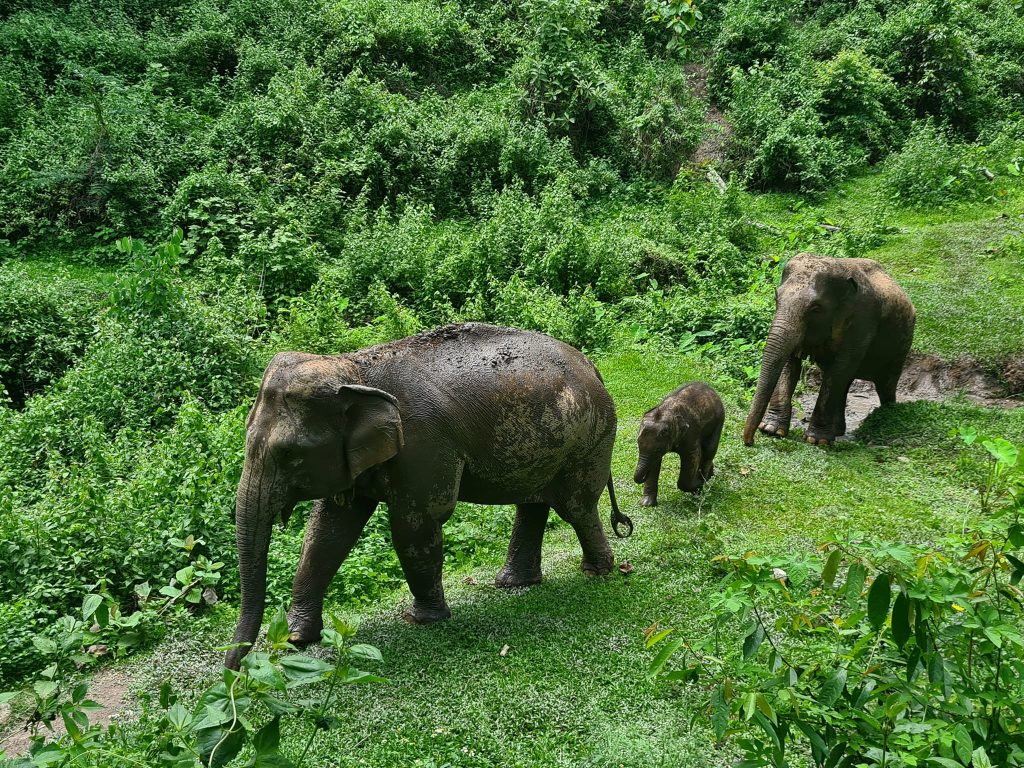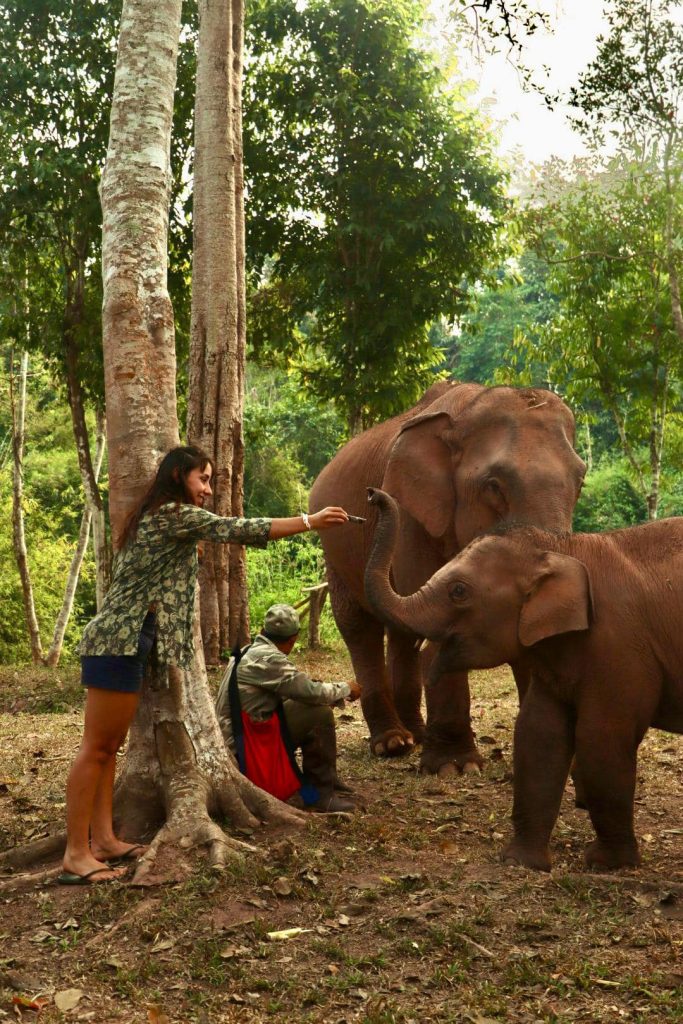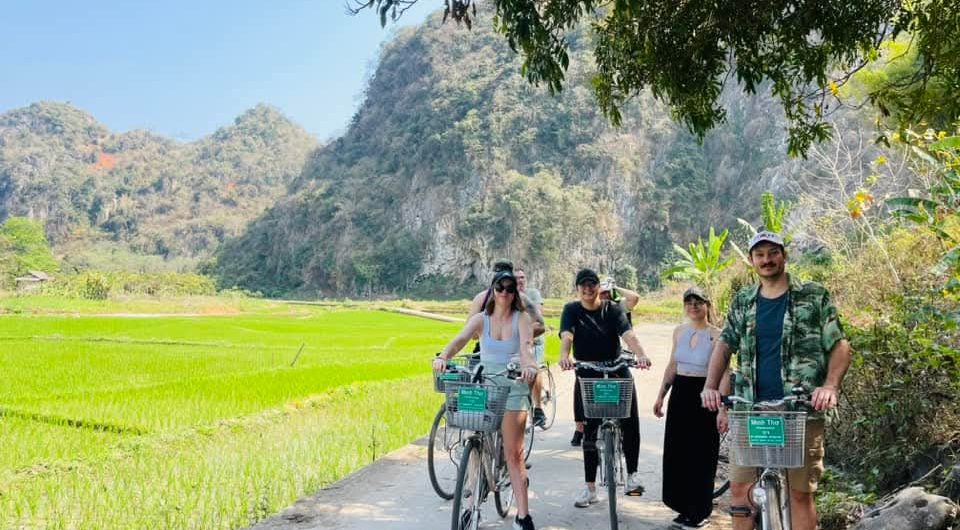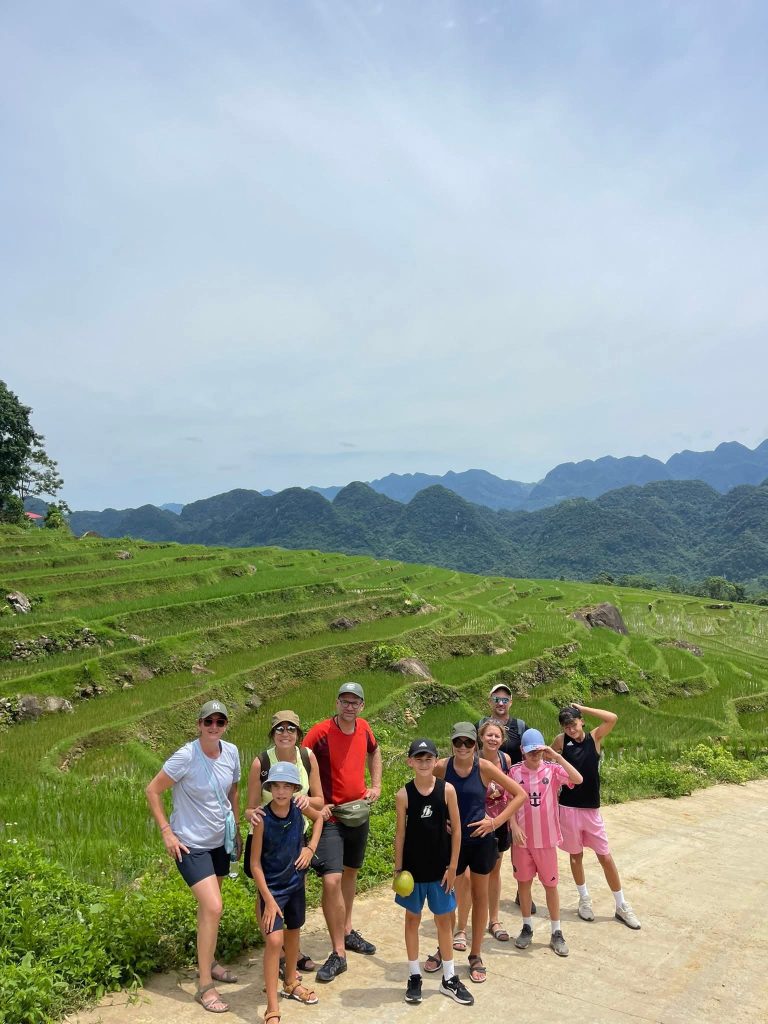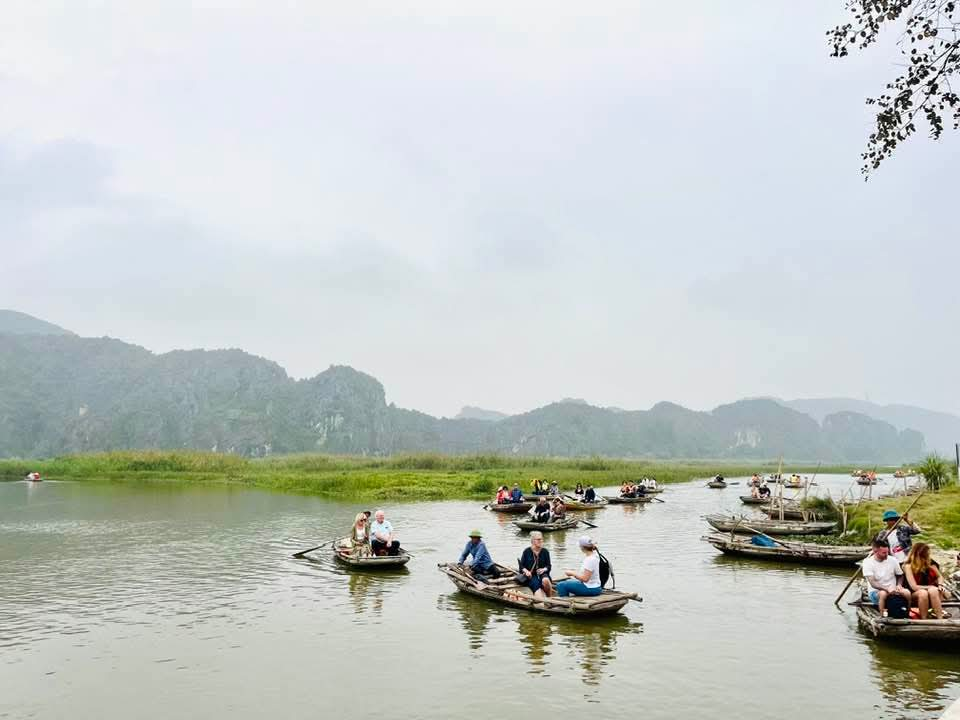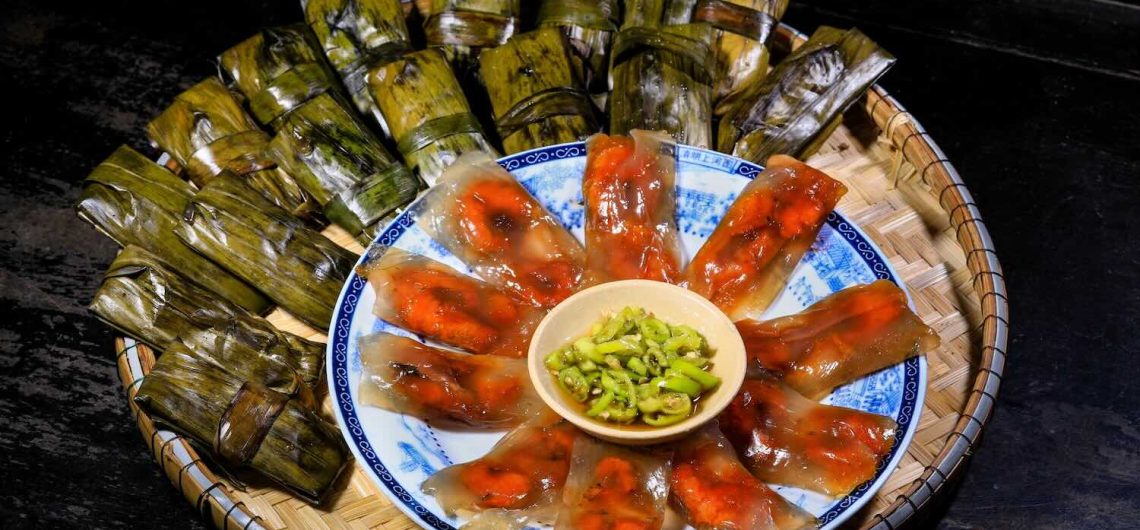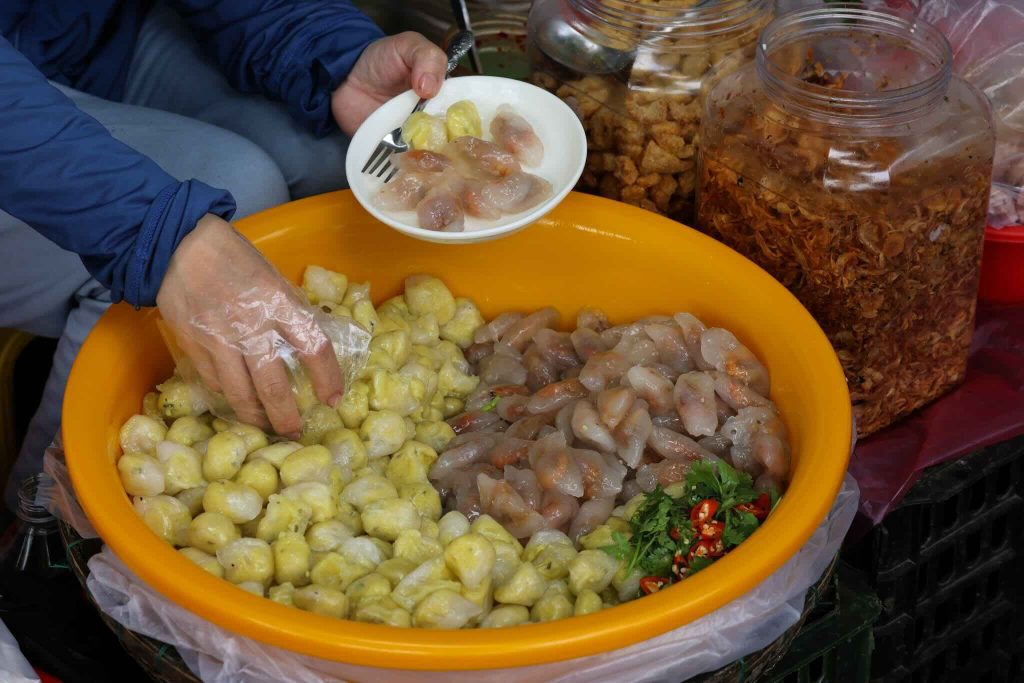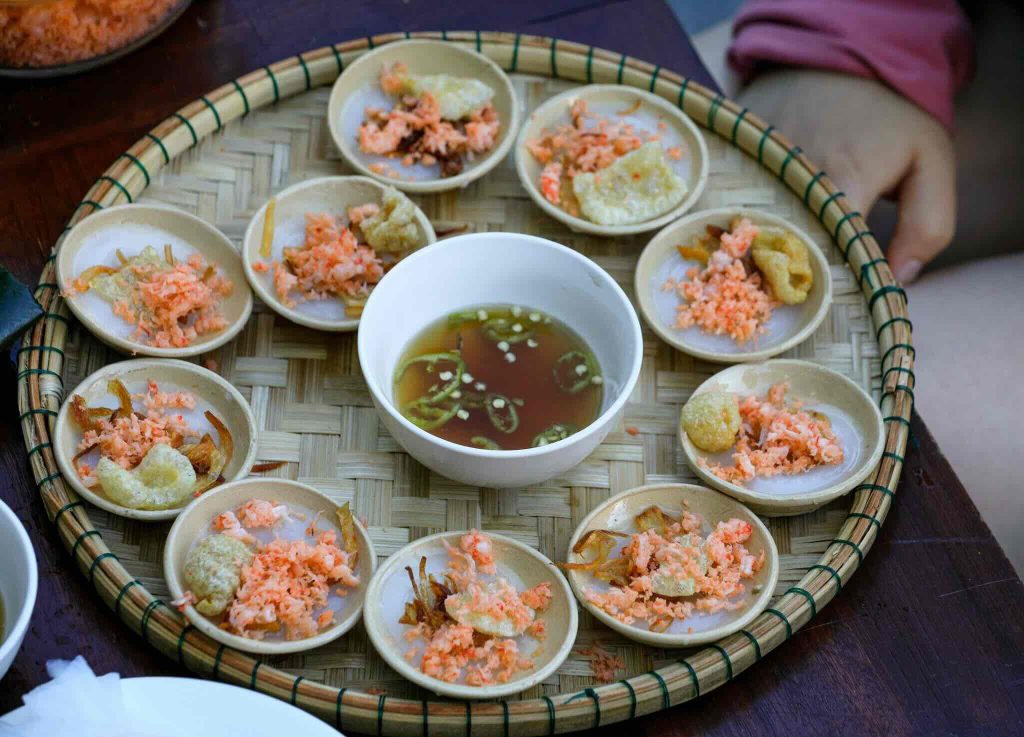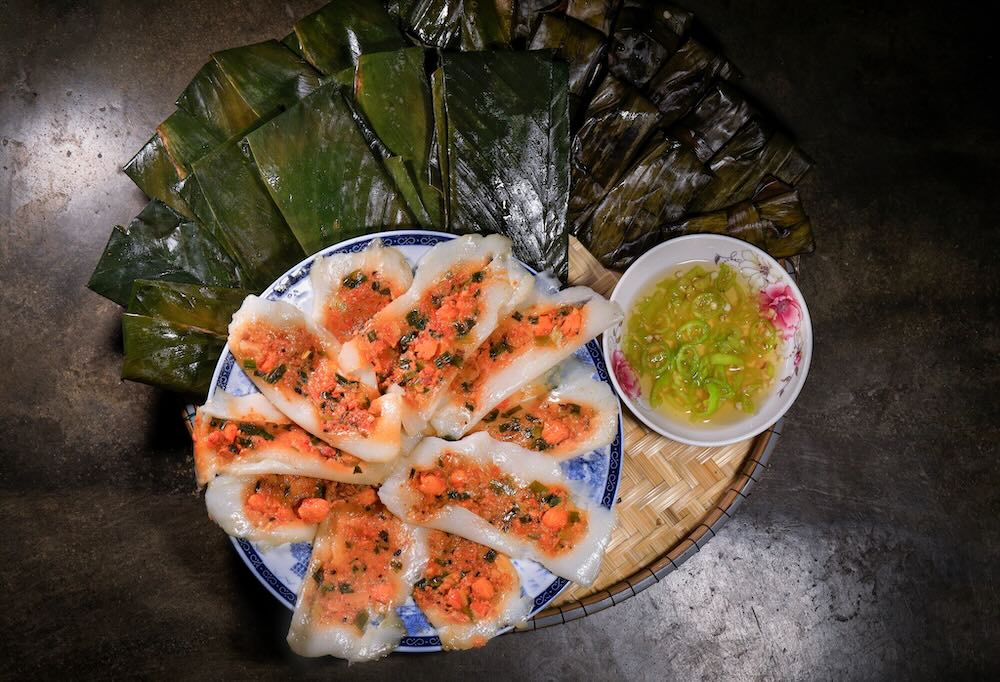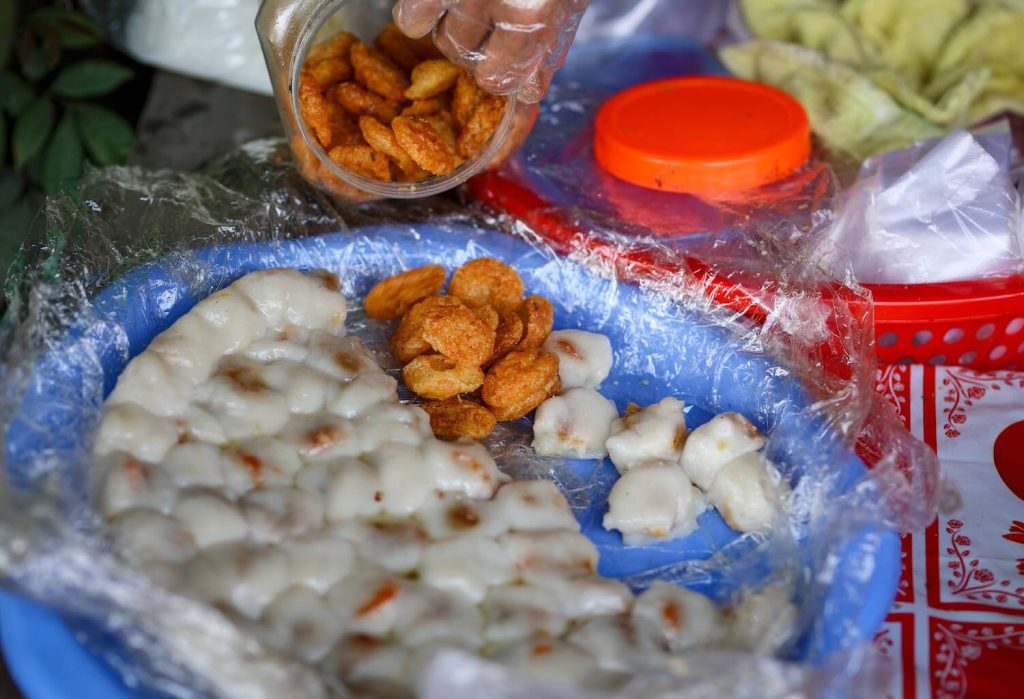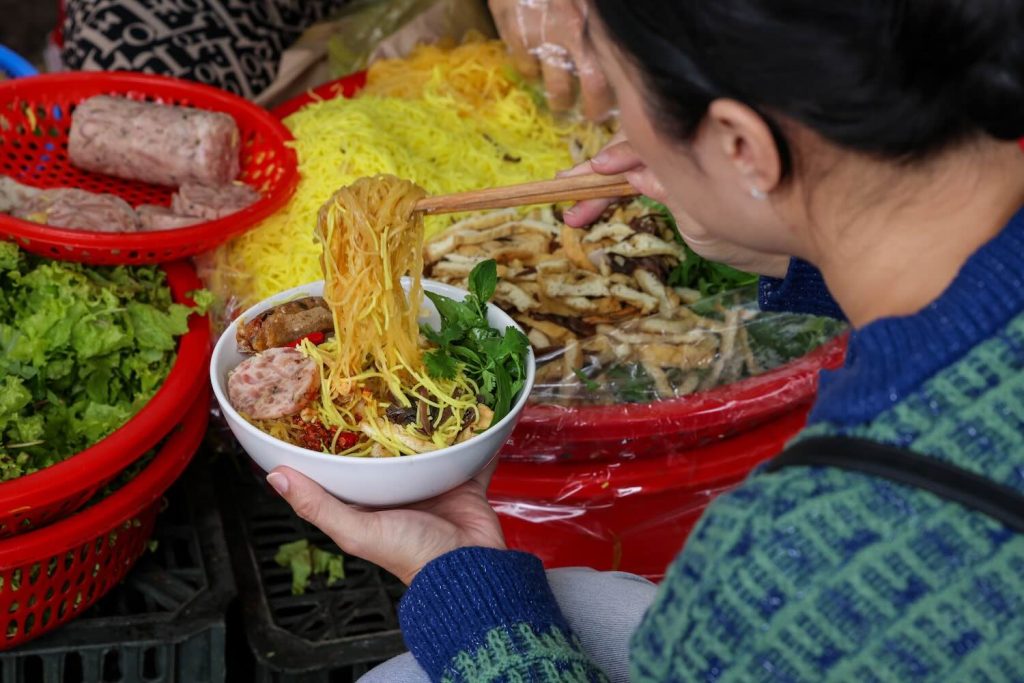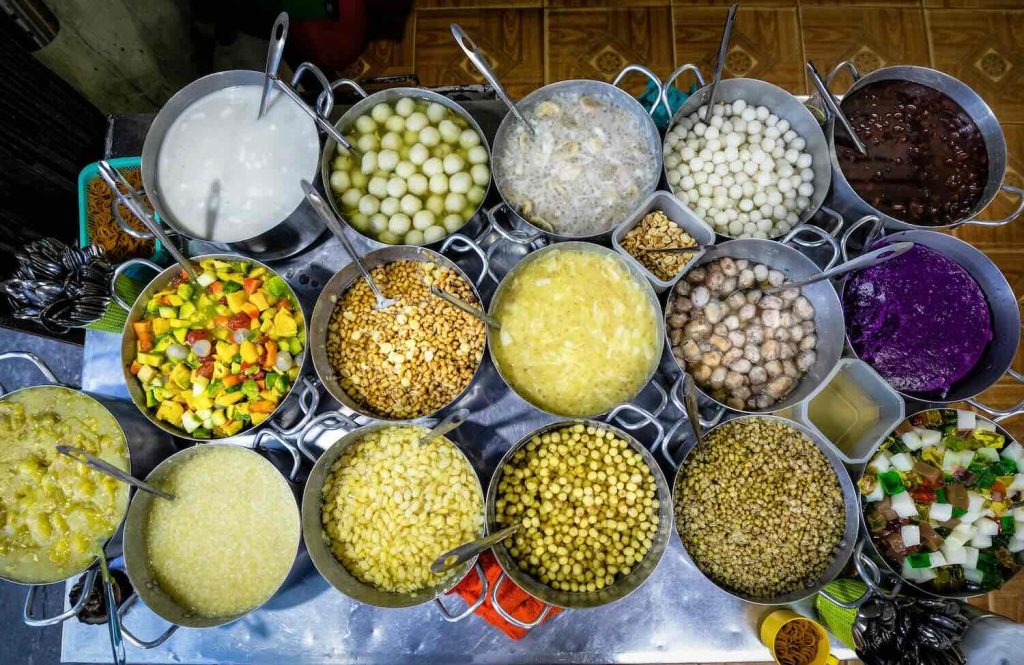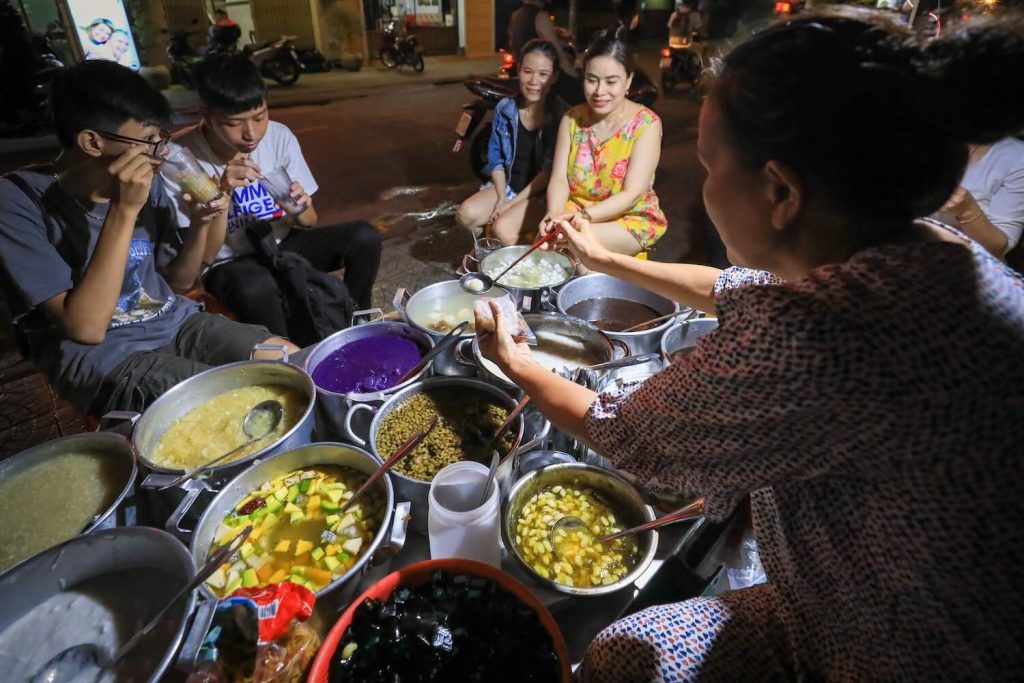This complete Phu Quoc Island travel guide will help you discover the best ways to reach the island, top attractions, fun activities for all ages, and must-try local foods.
Phu Quoc, the “Pearl Island” of Vietnam, is one of Southeast Asia’s fastest-rising destinations. Located in the Gulf of Thailand, this island blends untouched beaches, tropical jungles, lively night markets, and world-class resorts. Whether you are an adventure seeker, a family traveler, or a couple looking for a romantic escape, Phu Quoc offers something special for everyone.
This Phu Quoc island travel guide updated August 2025 will walk you through how to get there, what to see, what to do for adults and children, where to eat, and the best travel tips to plan your trip.
How to Get to Phu Quoc Island
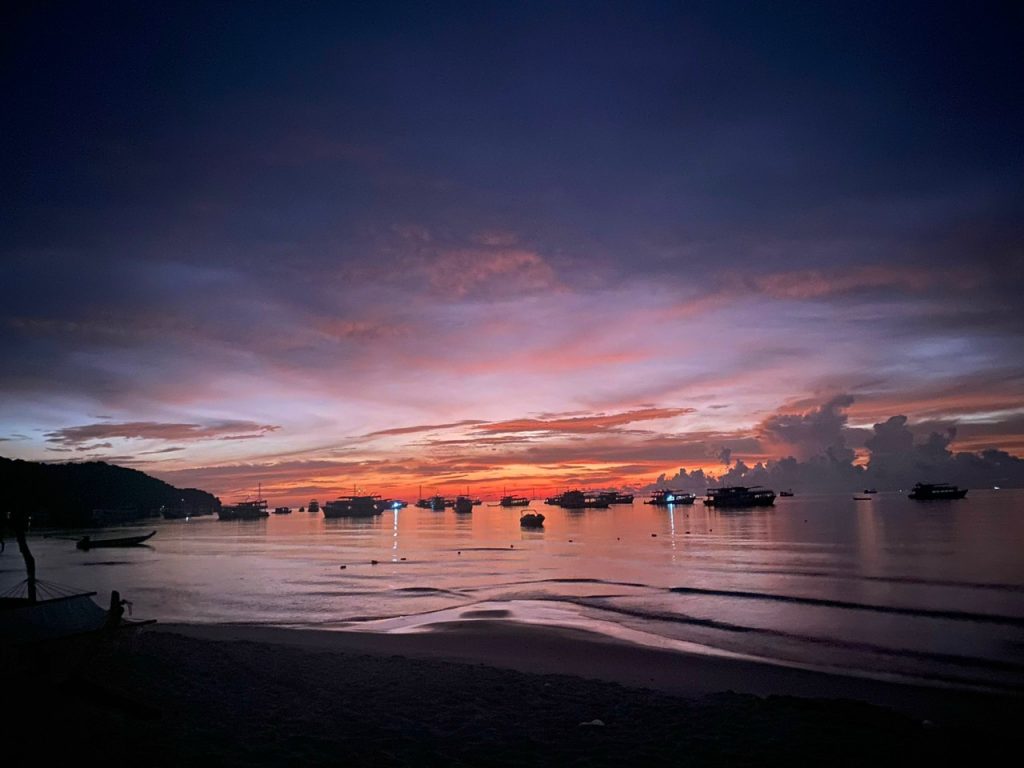
By Air
The most convenient way to reach Phu Quoc is by air. Phu Quoc International Airport (PQC) serves direct domestic flights from major cities like Hanoi, Ho Chi Minh City, Da Nang, and Hai Phong. International flights also connect Phu Quoc with Bangkok, Kuala Lumpur, Singapore, and Seoul, making it an easy stop on Southeast Asia travel itineraries.
By Ferry
For those who enjoy sea journeys, ferries and speedboats run daily from Ha Tien and Rach Gia in Kien Giang province. The Ha Tien–Phu Quoc ferry takes around 1.5 hours, while Rach Gia–Phu Quoc is about 2.5 hours. This option is scenic and budget-friendly, perfect for travelers coming from the Mekong Delta.
Visa-Free Entry
One of Phu Quoc’s unique advantages is its 30-day visa-free policy for all international travelers. If you arrive directly to Phu Quoc, you can stay for up to 30 days without a visa, making it the easiest entry point to Vietnam for tourists.
The Best Attractions in Phu Quoc Island
Phu Quoc is a destination that captures the imagination with its natural beauty, cultural depth, and modern charm. For travelers planning their journey, this island offers a well-rounded mix of pristine beaches, lush forests, historical landmarks, and world-class entertainment.
Stunning Beaches
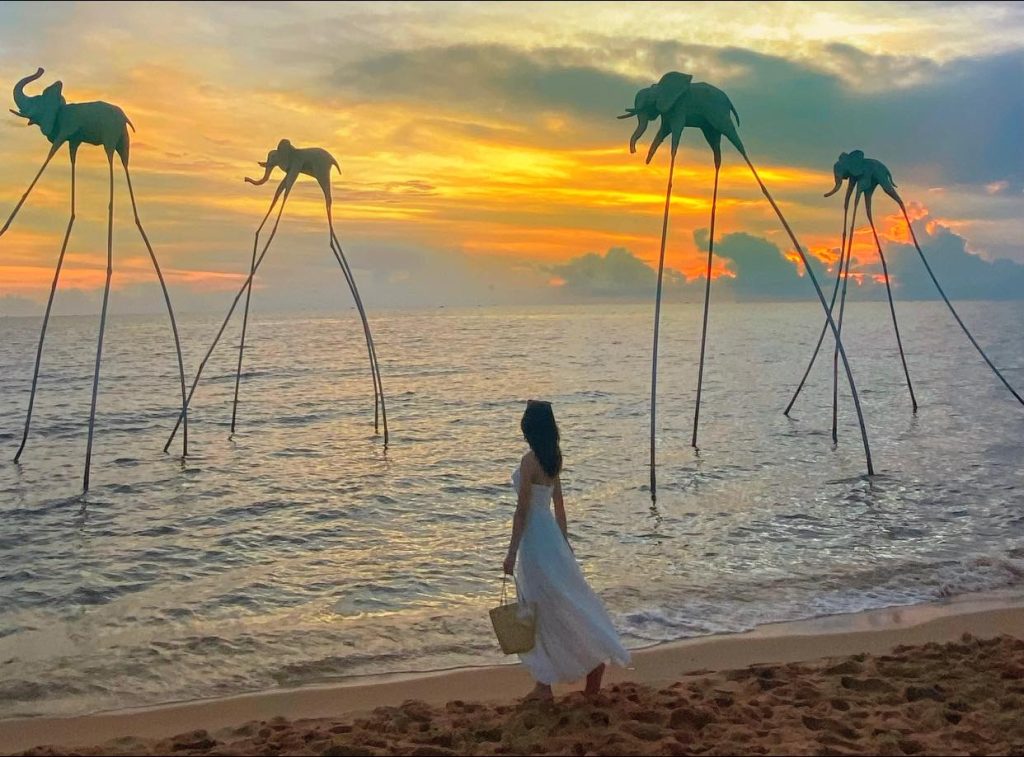
The beaches of Phu Quoc are often considered some of the finest in Vietnam, each with its own personality. Bai Sao Beach is a favorite for many visitors, boasting long stretches of powdery white sand that contrast beautifully with its turquoise waters. This beach is calm, picture-perfect, and ideal for a relaxing swim. Just south of Bai Sao lies Bai Khem, a crescent-shaped bay that embodies tranquility. With soft sand, gentle waves, and the presence of luxury resorts, it has become a haven for honeymooners and couples seeking quiet romance. On the other hand, Long Beach (Bai Truong) offers an entirely different vibe. Stretching for nearly 20 kilometers along the western coast, it is the liveliest beach on the island, buzzing with beach bars, restaurants, and nightlife. Long Beach is also the best place to witness Phu Quoc’s famous sunsets. For those who prefer a quieter escape, Bai Dai remains less crowded, with calm waters and lush tropical surroundings, offering the feel of a hidden paradise.
Natural Attractions
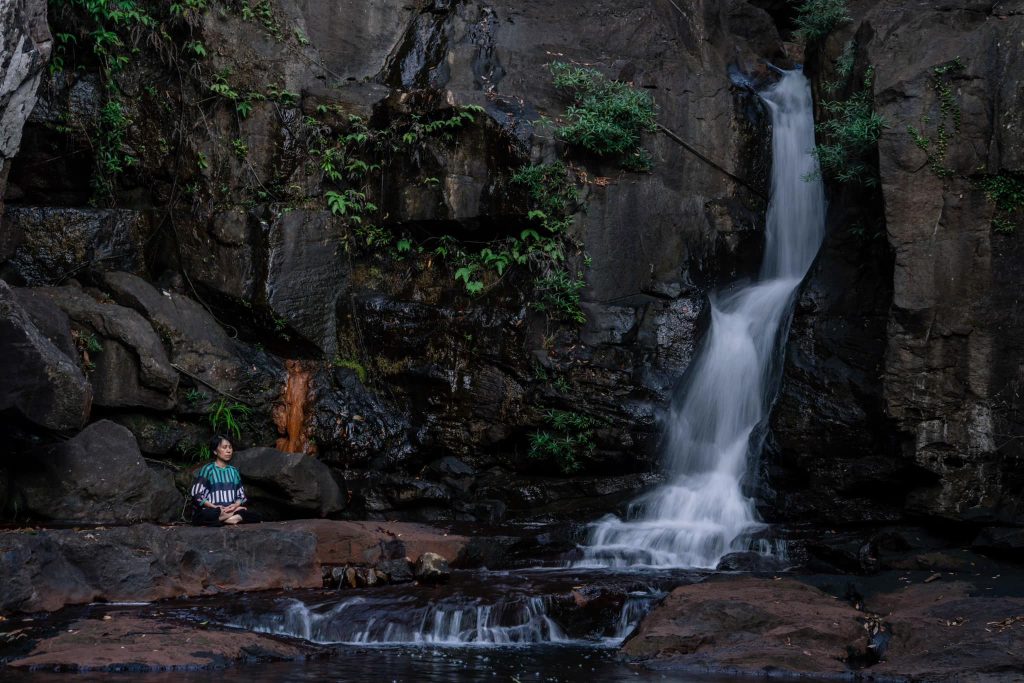
Beyond its coastline, Phu Quoc is a treasure trove of natural wonders. Phu Quoc National Park, which covers more than half of the island, has earned UNESCO recognition as a biosphere reserve. With dense forests, diverse wildlife, and scenic trails, it’s perfect for trekking, birdwatching, and eco-tourism. Not far from town, Suoi Tranh Waterfall provides a refreshing retreat with cascading waters surrounded by tropical greenery, making it an ideal picnic or hiking spot. For marine enthusiasts, the An Thoi Archipelago in the south is a must. This cluster of 15 islands features vibrant coral reefs, crystal-clear waters, and an underwater world ideal for snorkeling and diving.
Cultural & Historical Sites
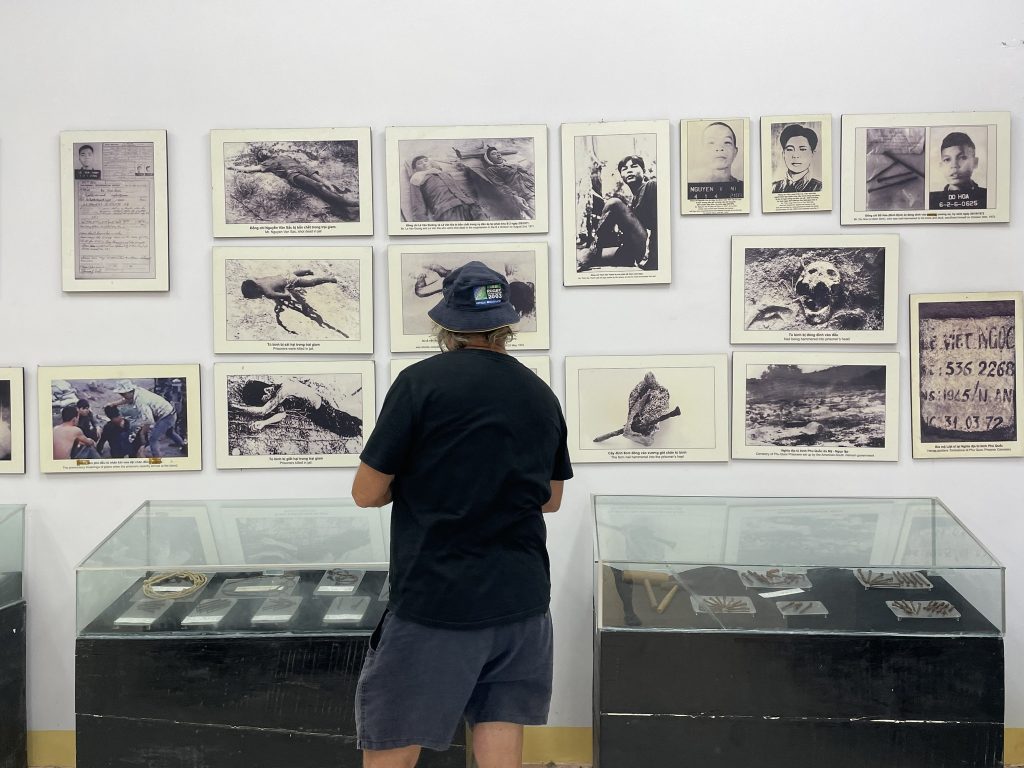
Phu Quoc also preserves significant cultural and historical sites. The Phu Quoc Prison Museum stands as a solemn reminder of the island’s wartime history. Meanwhile, the Dinh Cau Rock Temple, perched dramatically by the sea, blends spiritual tradition with panoramic ocean views. As evening falls, the bustling Dinh Cau Night Market comes alive with seafood stalls, souvenir shops, and the lively rhythm of local culture.
Modern Attractions
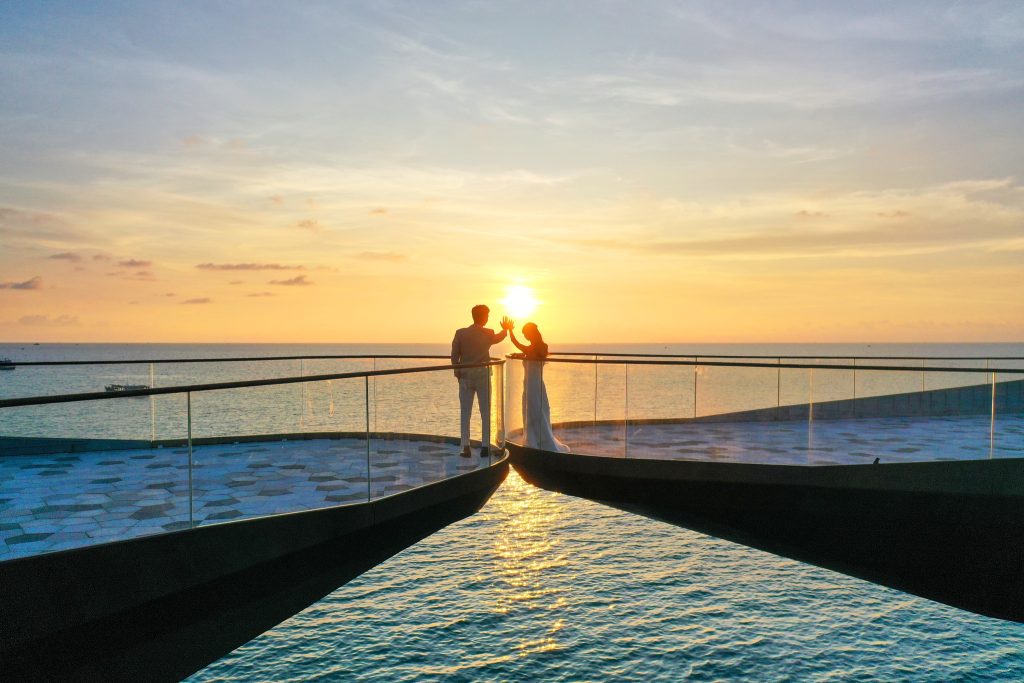
Adding a contemporary twist, Phu Quoc now boasts modern attractions that rival any international destination. The Hon Thom Cable Car, the world’s longest over-sea cable car, offers sweeping views of turquoise waters and distant islands. For couples seeking romance, Kisse Bridge in Phu Quoc is the ideal place to meet and share special moments together. Grand World Phu Quoc, known as the “Sleepless City,” enchants visitors with Venice-style canals, dazzling cultural performances, and lively nightlife. Families will find endless fun at VinWonders Phu Quoc, the largest theme park in Vietnam, featuring roller coasters, water slides, and fantasy castles. Animal lovers should not miss Vinpearl Safari, Vietnam’s first open zoo, where more than 150 species create an African-style wildlife adventure for all ages.
What to Do in Phu Quoc Island
Family-focused Indochina tours often conclude with a relaxing stay in Phu Quoc, where the island provides a wide range of activities for both adults and children to enjoy.
For Adults
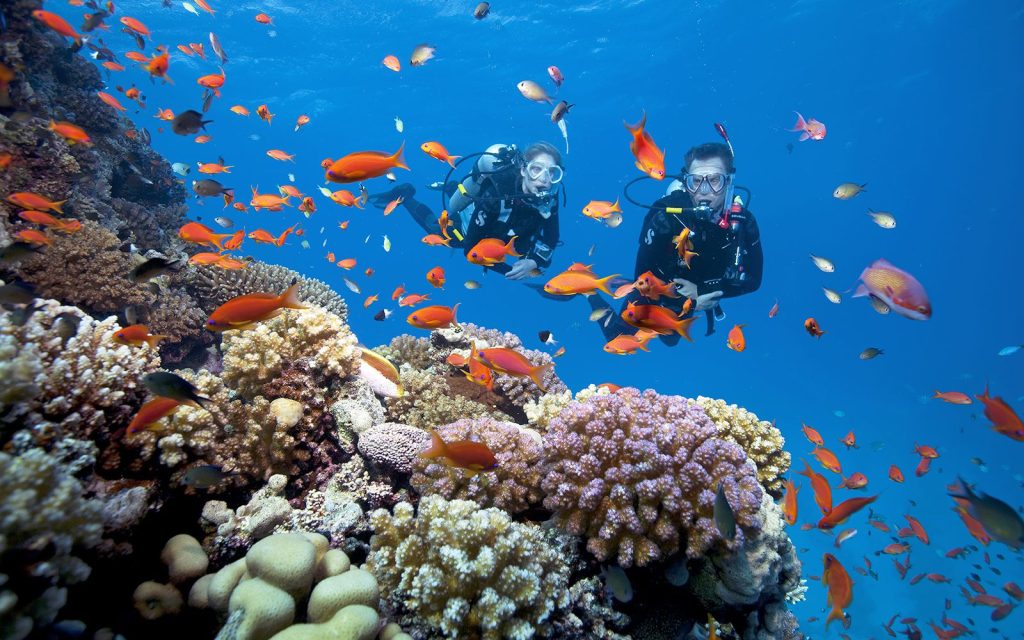
- Snorkeling and Scuba Diving – Explore coral reefs around An Thoi and Mong Tay Island. Diving schools offer beginner-friendly programs.
- Island Hopping Tours – Join boat trips to May Rut, Gam Ghi, and Hon Thom for beach picnics and water sports.
- Fishing and Squid Catching – Evening squid fishing tours are a must-try, combining seafood feasts with local experiences.
- Sunset Cruises – Luxury yachts and traditional junks take travelers across the Gulf of Thailand to watch breathtaking sunsets.
- Spa and Wellness – Luxury resorts such as JW Marriott and InterContinental offer indulgent spa treatments.
For Families and Children
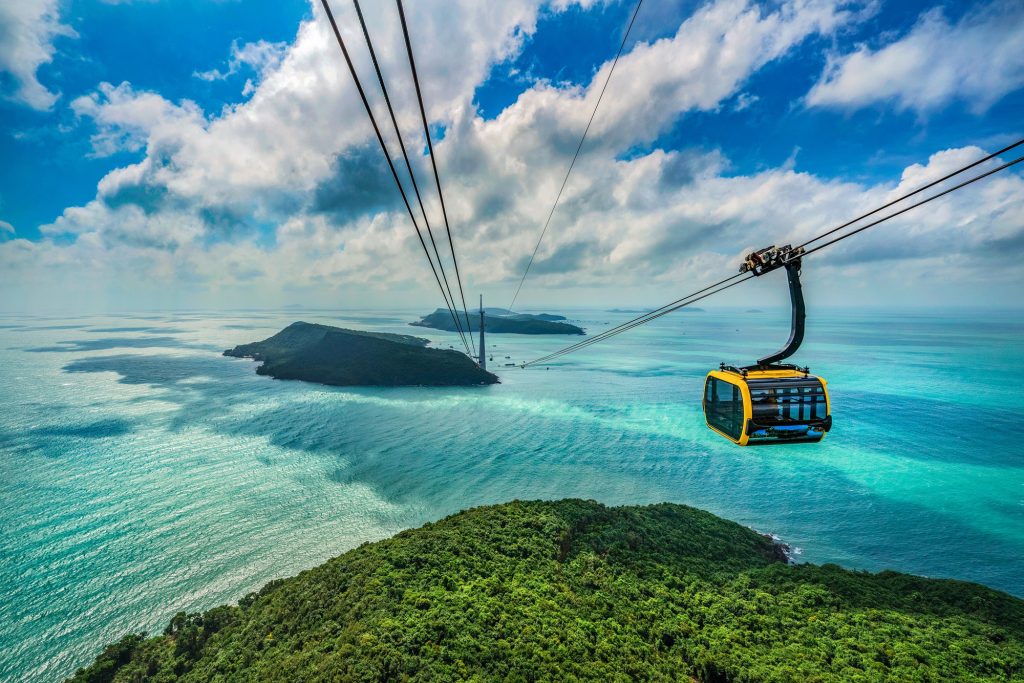
- VinWonders Theme Park – A paradise for kids, with fantasy zones, water slides, and interactive shows.
- Vinpearl Safari – Children love the open zoo experience, where giraffes, lions, and elephants roam freely.
- Hon Thom Cable Car and Water Park – A family-friendly experience combining scenic views and thrilling rides.
- Safe Beaches – Calm waters at Long Beach and Ong Lang make them perfect for young swimmers.
What to Eat in Phu Quoc Island
Seafood Delicacies
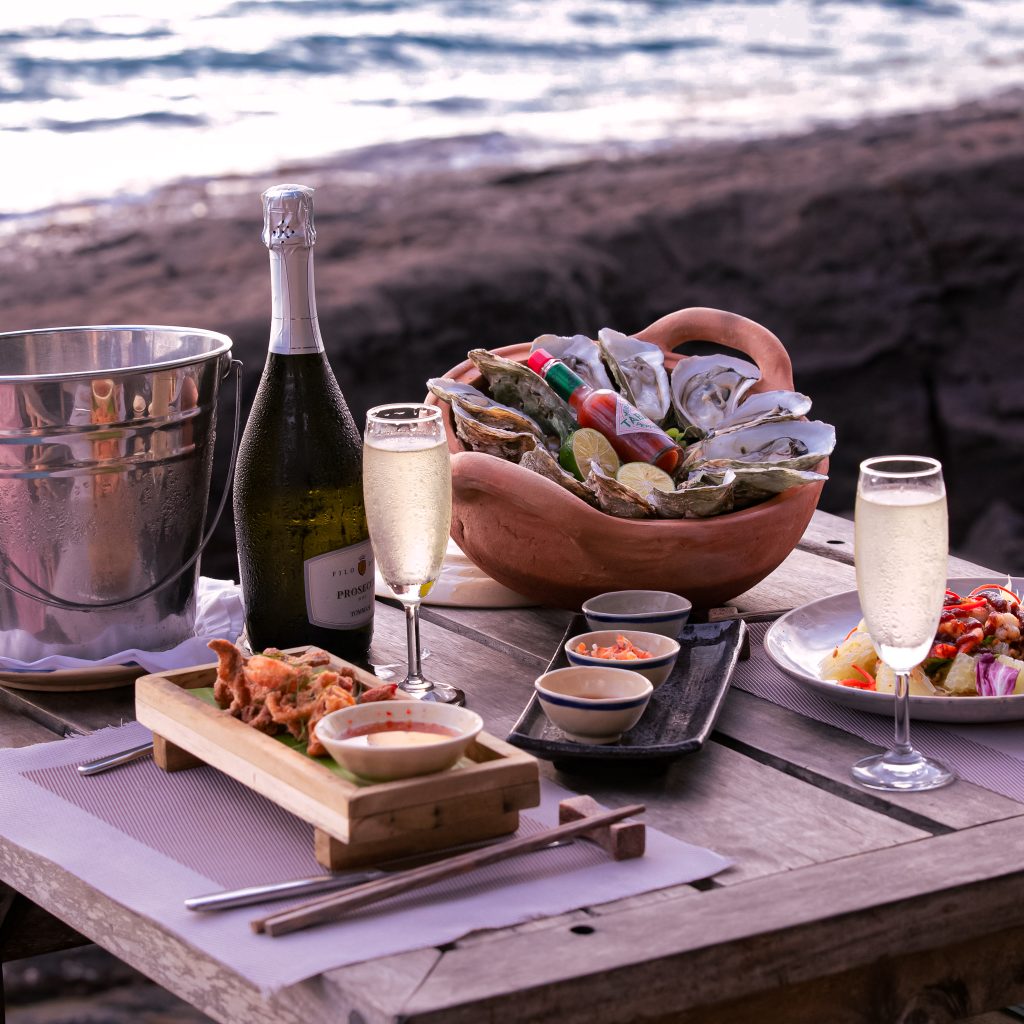
Phu Quoc is a seafood lover’s paradise. Don’t miss:
- Ham Ninh Crab – Sweet, fresh crab best enjoyed steamed.
- Grilled Squid with Fish Sauce – A local favorite served at beachside stalls.
- Sea Urchin Porridge – A unique delicacy that is both creamy and nutritious.
- Herring Salad (Goi Ca Trich) – A refreshing mix of raw herring, coconut, and herbs.
Local Specialties
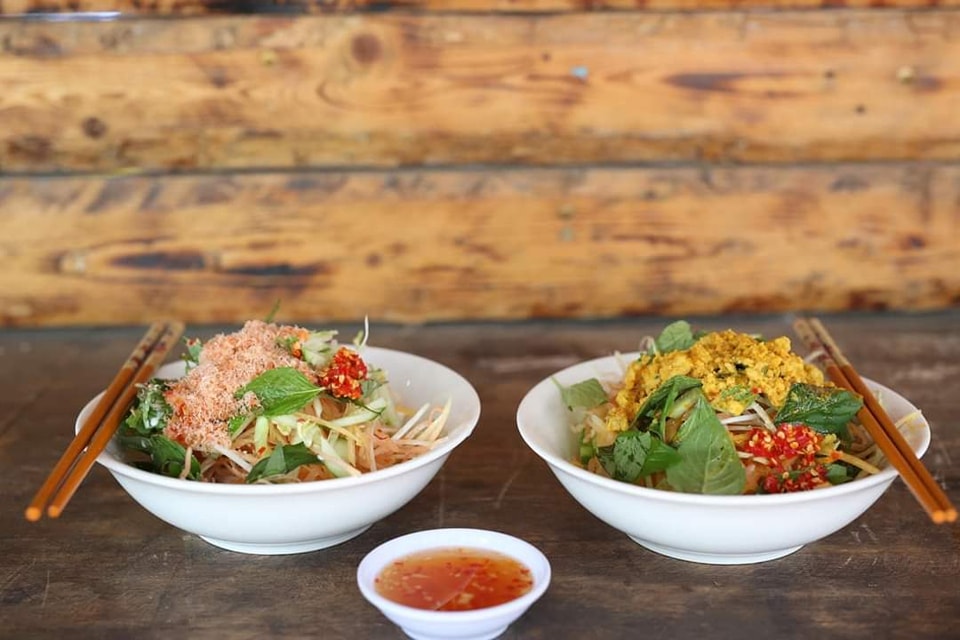
- Bun Quay – A unique noodle soup made tableside with fresh seafood, herbs, and dipping sauce.
- Bun Ken – Fish noodle soup with a coconut-based broth.
- Sim Wine – A local purple fruit wine, often paired with seafood.
Famous Products
- Phu Quoc Fish Sauce – Known as the best in Vietnam, Phu Quoc’s fish sauce factories welcome visitors for tours and tastings.
- Pepper Farms – Phu Quoc pepper is world-renowned; tourists can visit farms to see the growing process and buy fresh pepper.
Where to Stay in Phu Quoc
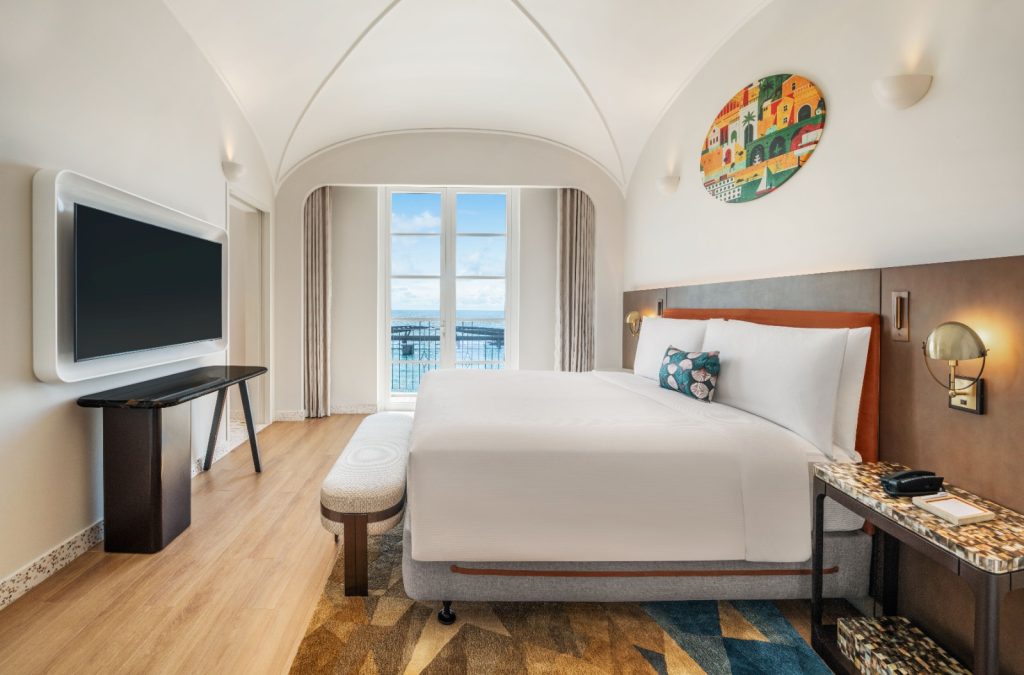
- Luxury Resorts – La Festa by Hilton, Regent Phu Quoc, JW Marriott Emerald Bay, InterContinental, and Premier Village.
- Boutique Hotels – Mango Bay, La Veranda Resort, Vinpearl Resort and Chen Sea Resort for couples and families.
- Budget Options – Hostels and guesthouses around Duong Dong town.
- Eco-Lodges – Beach bungalows and sustainable stays in Ong Lang and Cua Can.
Travel Tips for Phu Quoc Island
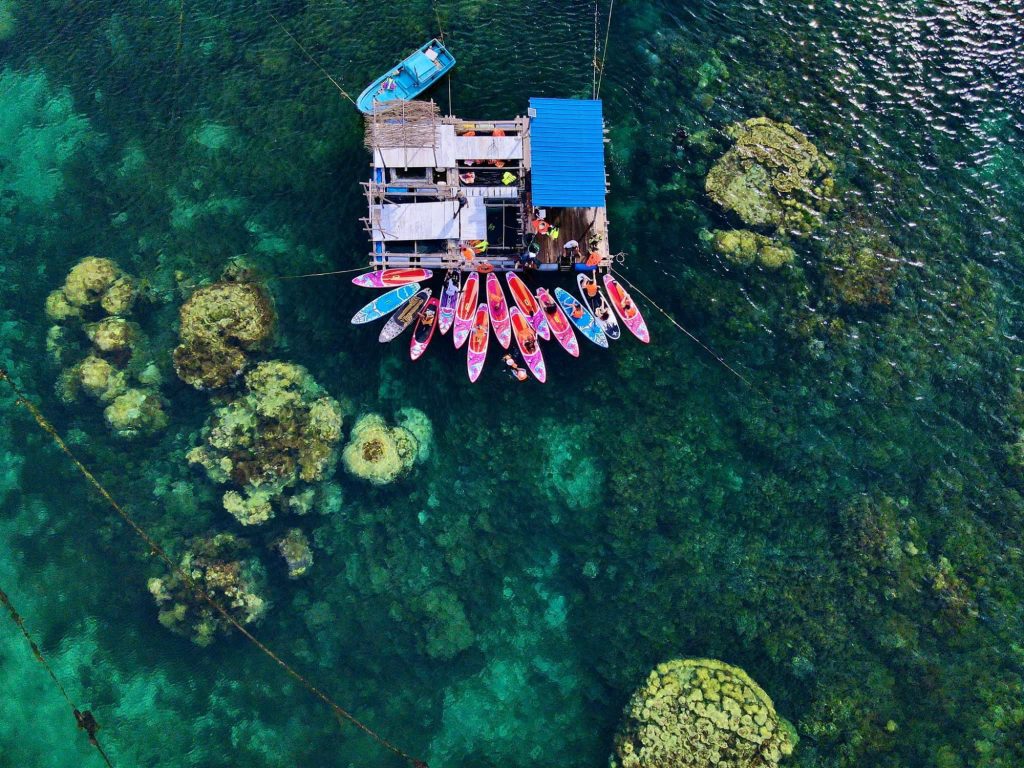
- Best Time to Visit: November to April is dry season with sunny skies, perfect for beach activities. May to October is rainy season—fewer crowds and lush landscapes, but occasional storms.
- Getting Around: Rent a motorbike for flexibility, or use taxis, Grab, or hotel shuttles.
- Money: Vietnam Dong (VND) is the main currency, but many resorts accept USD.
- Local Etiquette: Dress modestly at temples and show respect to local culture.
- Sustainability Tip: Avoid single-use plastics and support eco-friendly tours.
Plan Your Dream Trip with This Phu Quoc Island Travel Guide
Phu Quoc is more than just a beach destination—it’s a perfect blend of nature, culture, history, and modern entertainment. From snorkeling in An Thoi Archipelago to exploring bustling night markets, from tasting fresh Ham Ninh crab to watching sunsets at Long Beach, the island promises unforgettable memories.
Whether you’re traveling solo, with family, or as a couple, this Phu Quoc island travel guide ensures you won’t miss the highlights. With visa-free entry, diverse attractions, and world-class hospitality, Phu Quoc truly deserves its title as the Pearl of Vietnam.

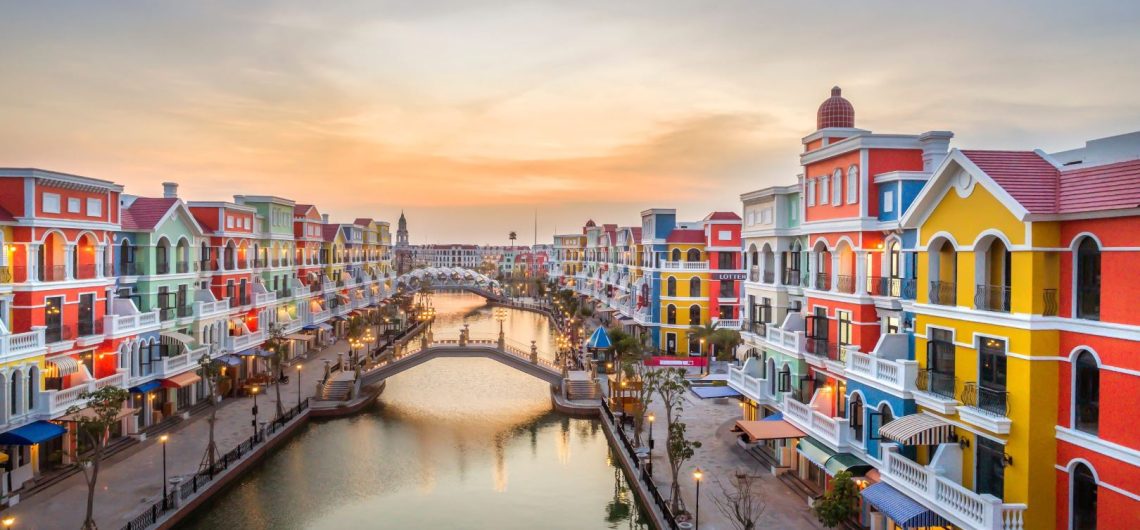
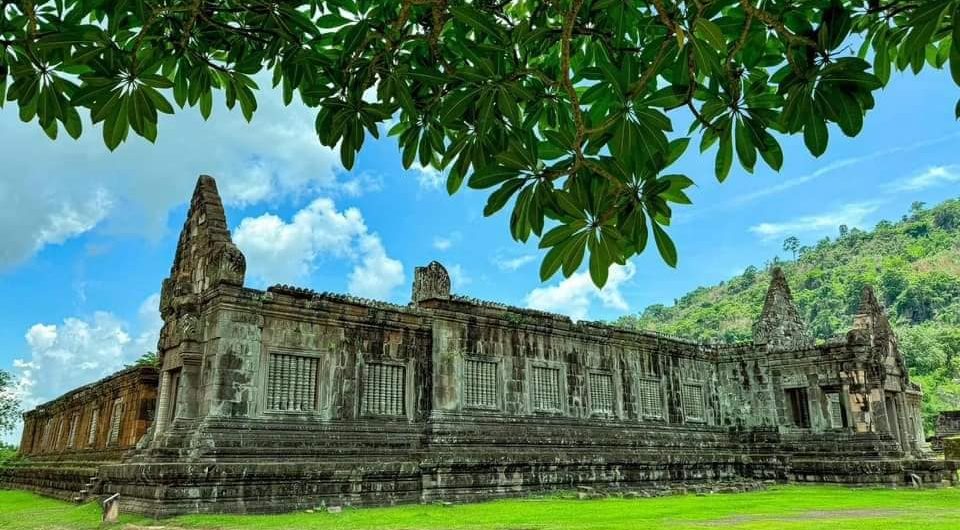
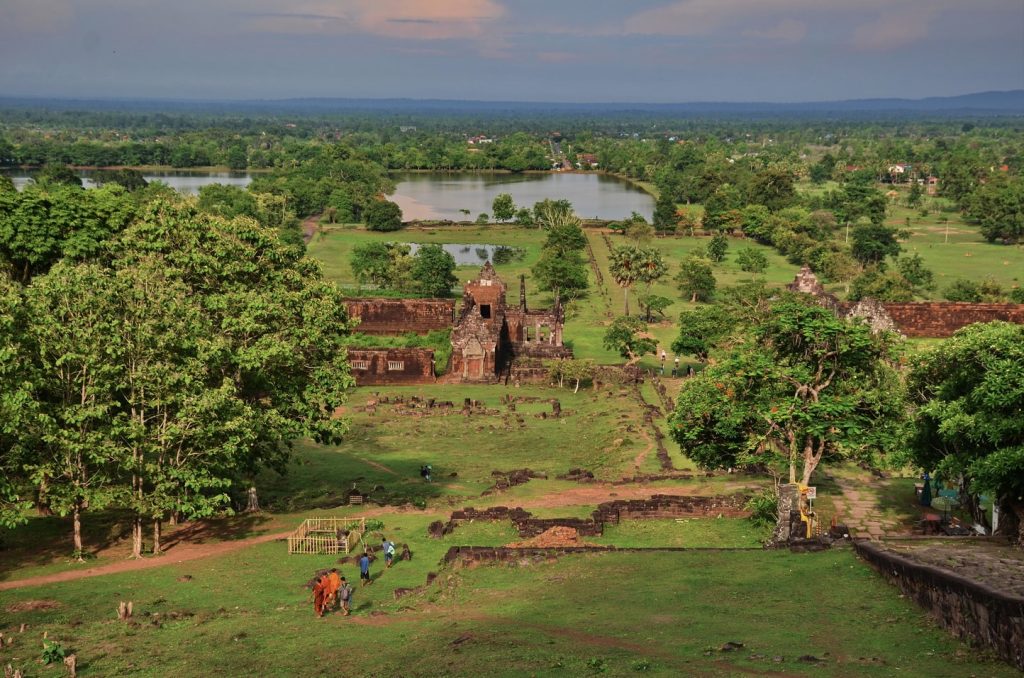
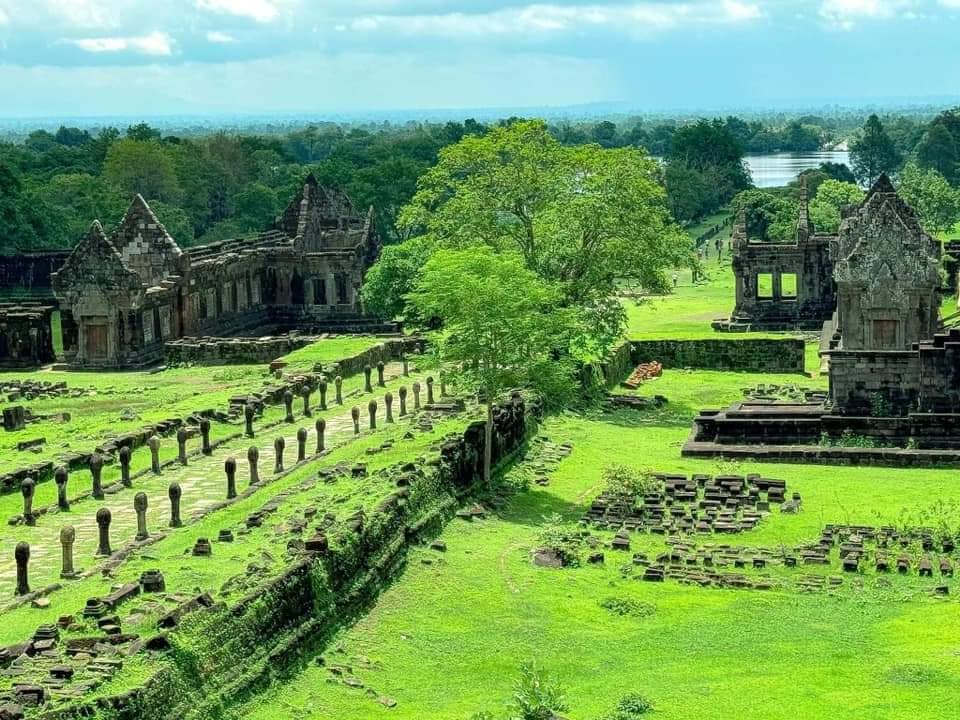
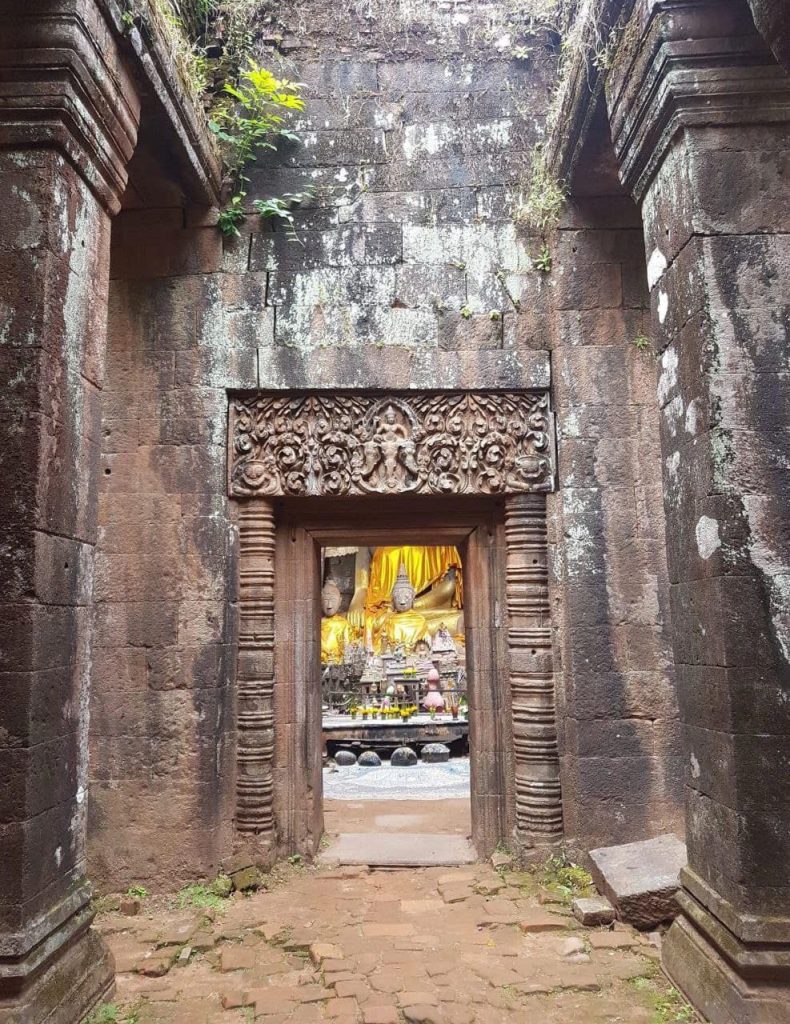
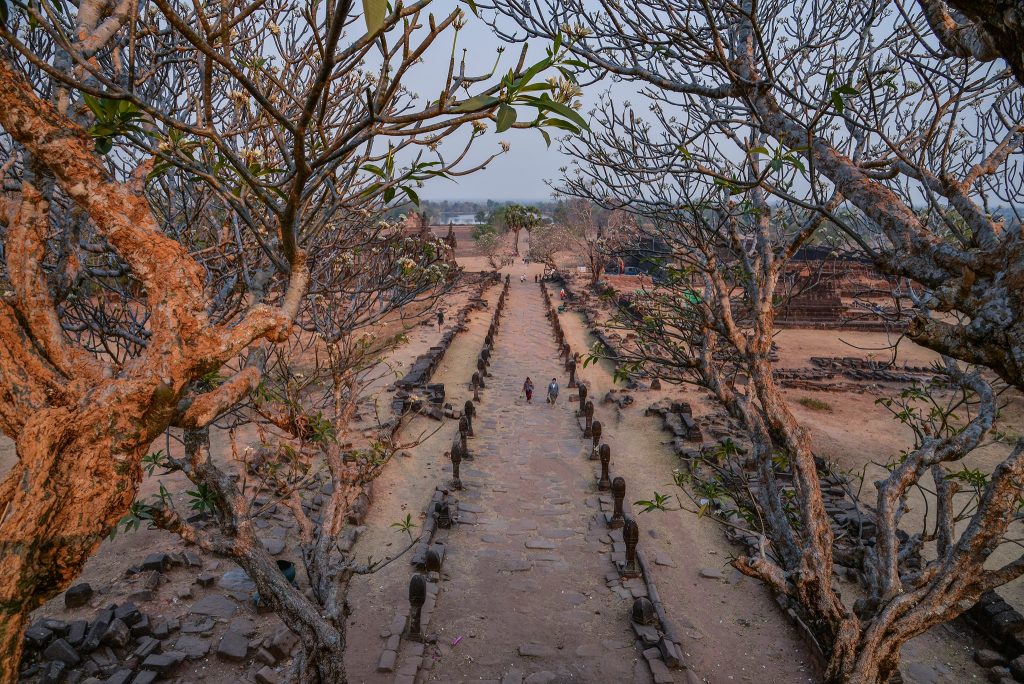
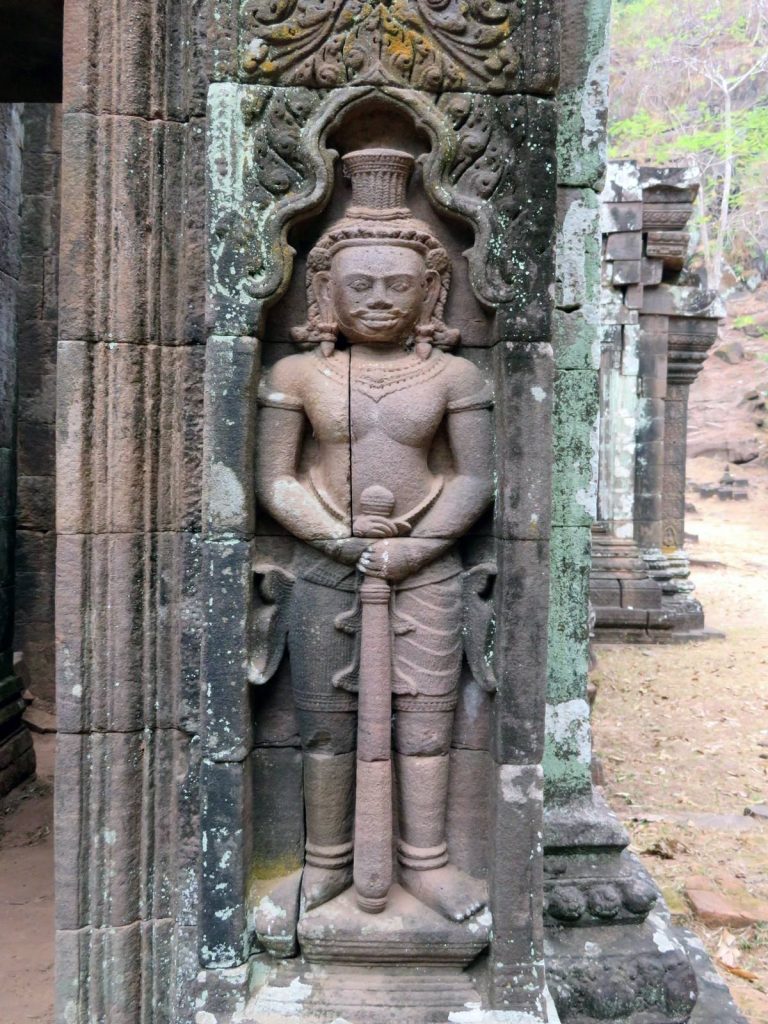
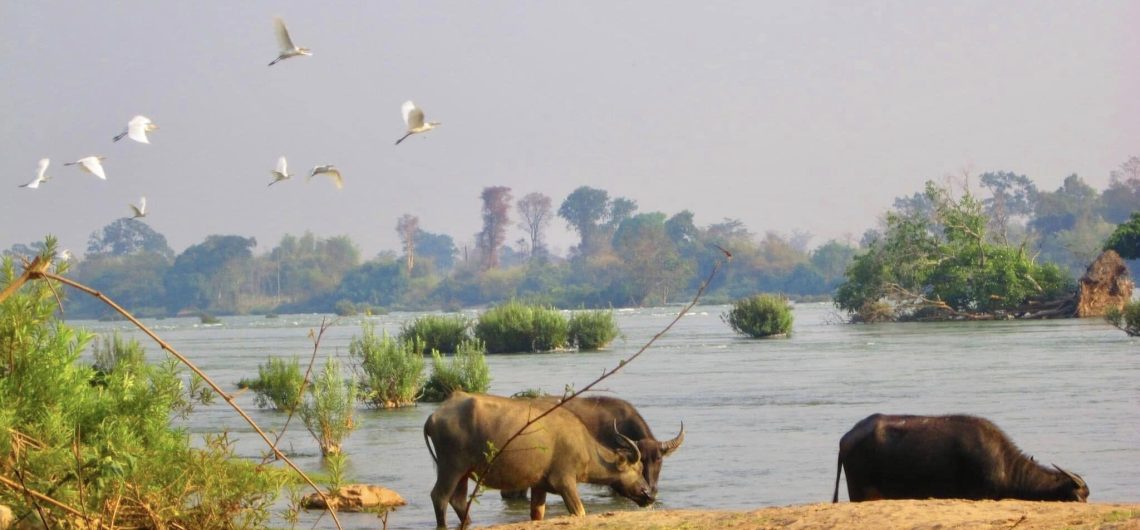
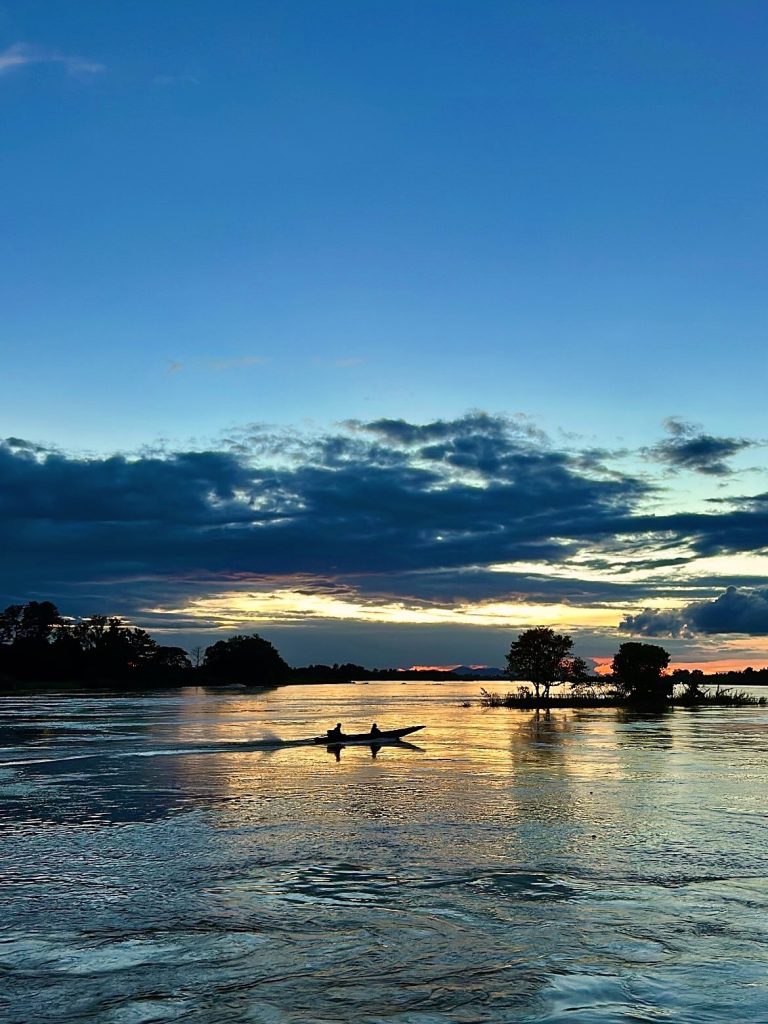
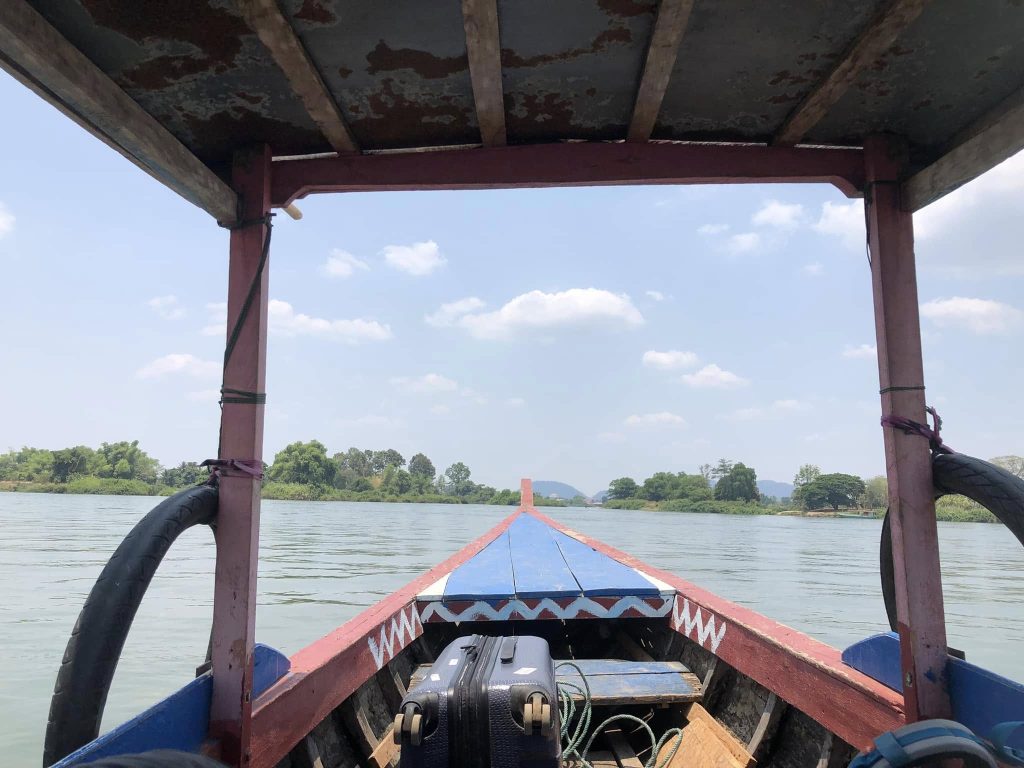
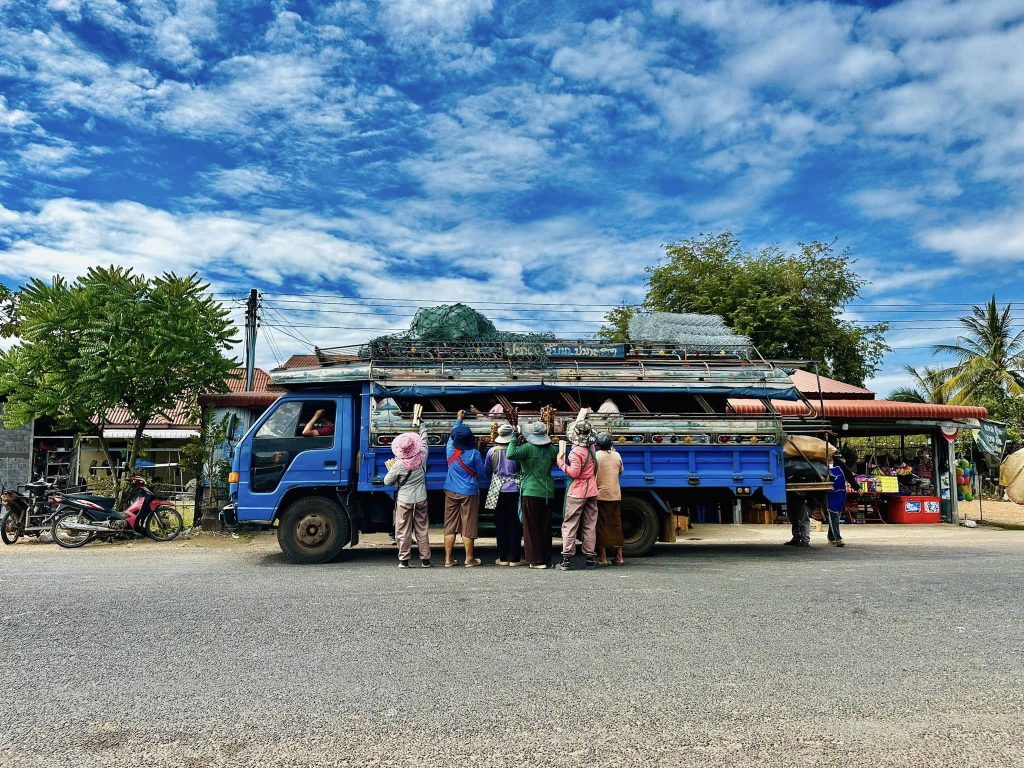
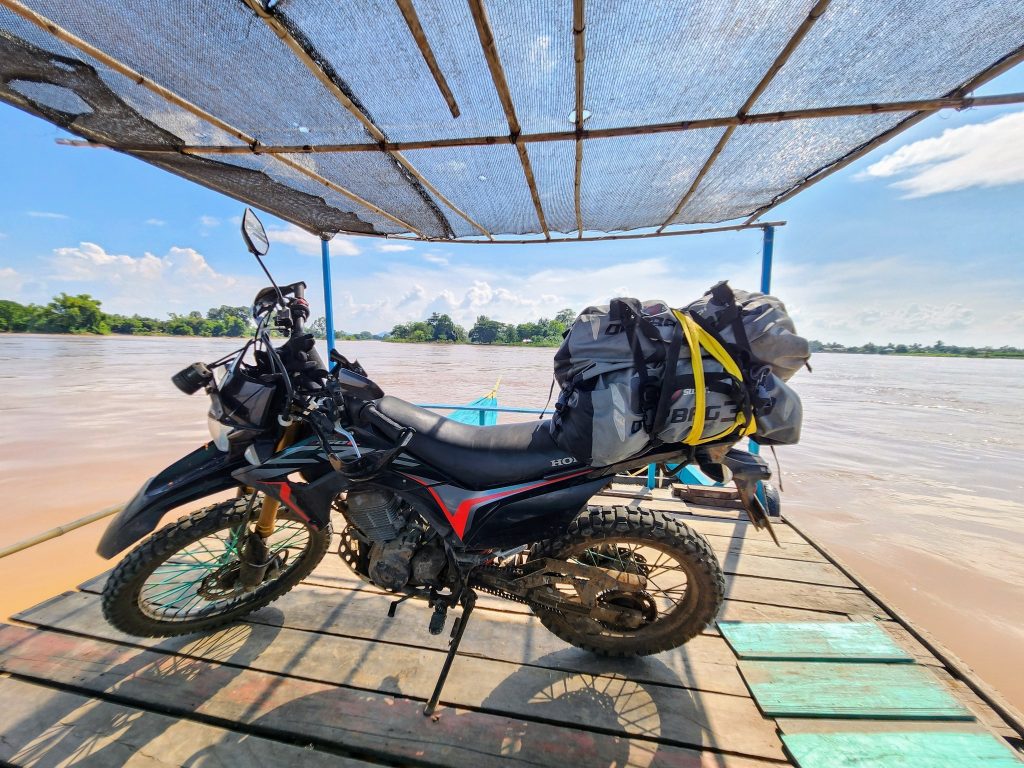
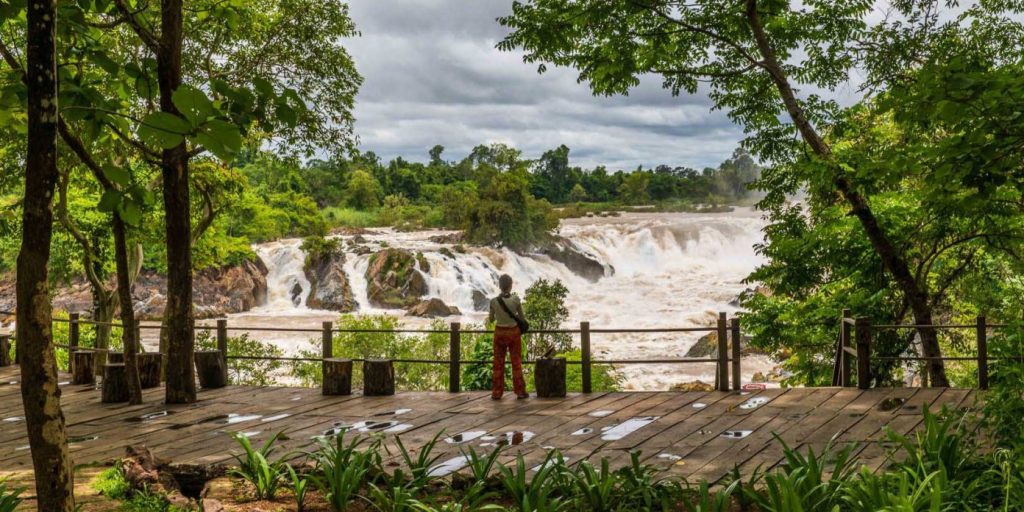
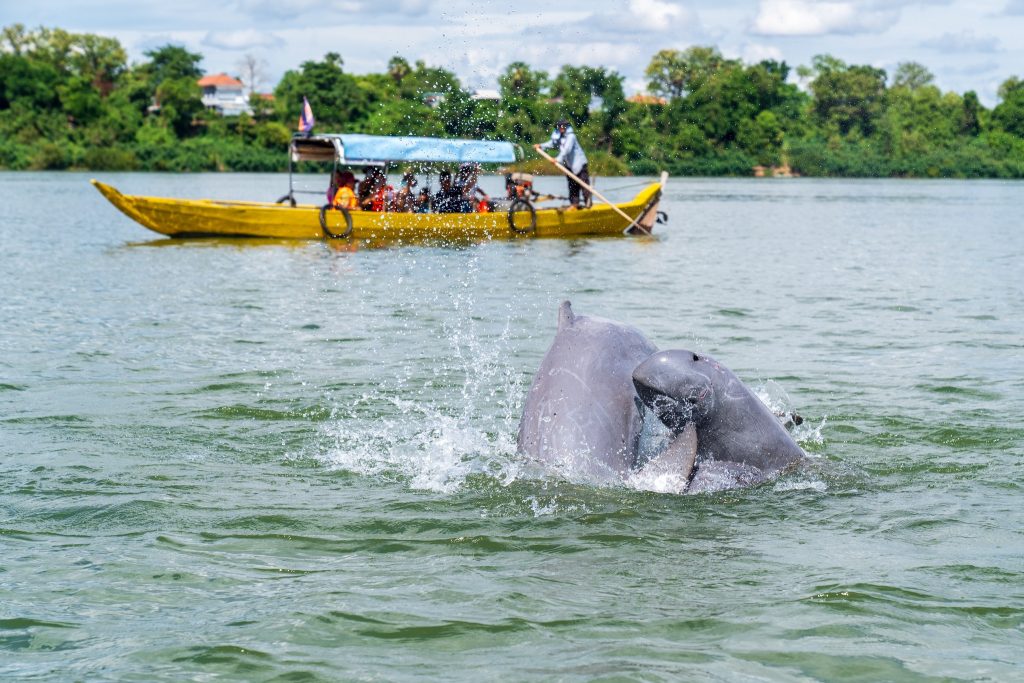
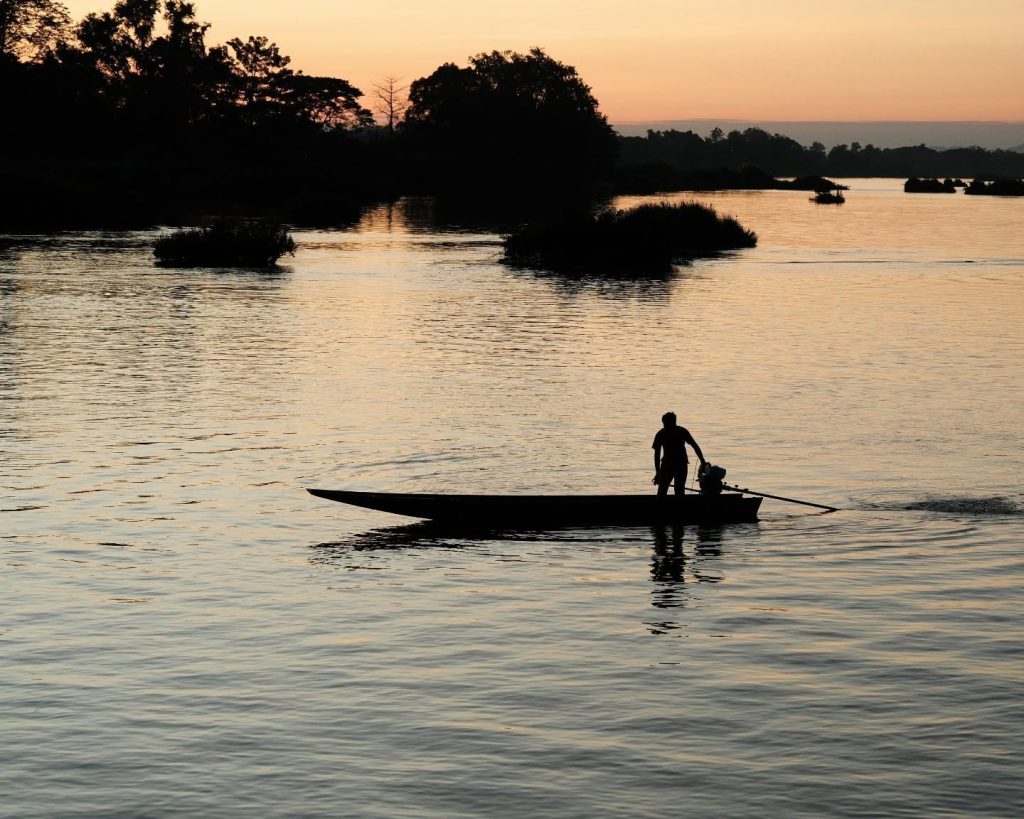
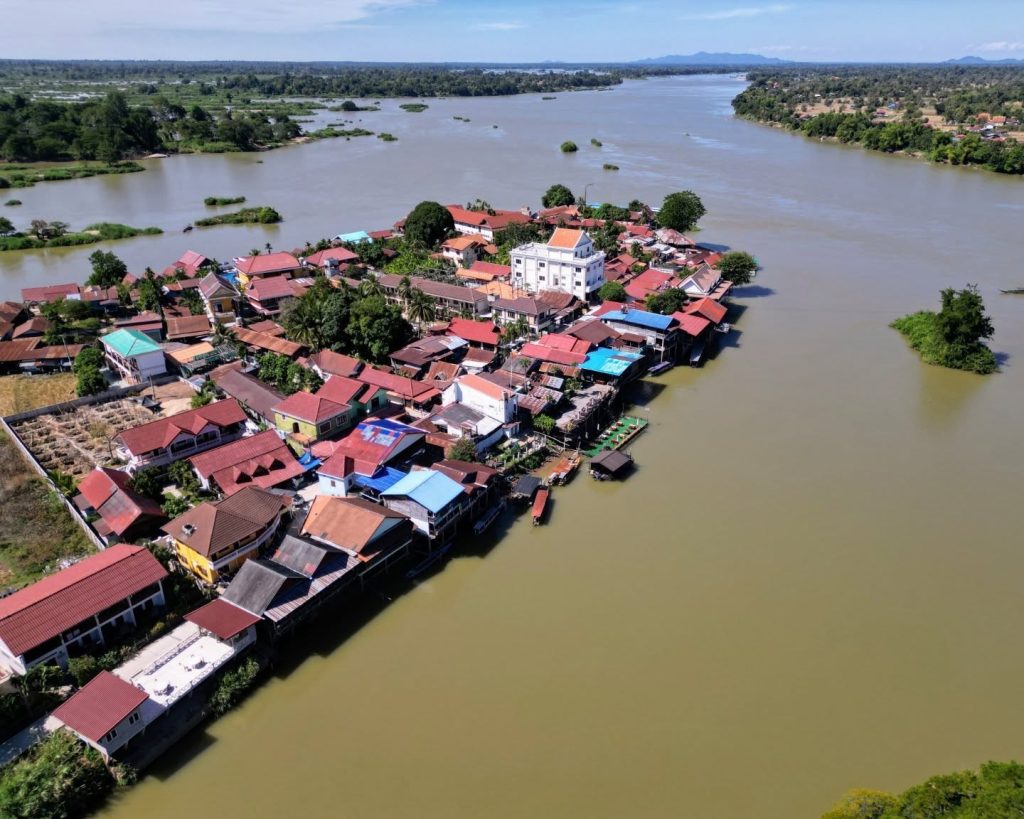
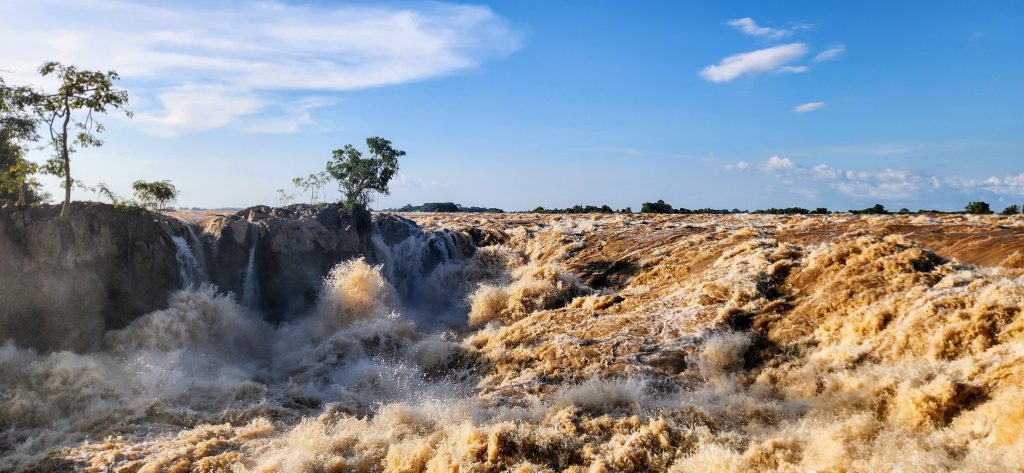
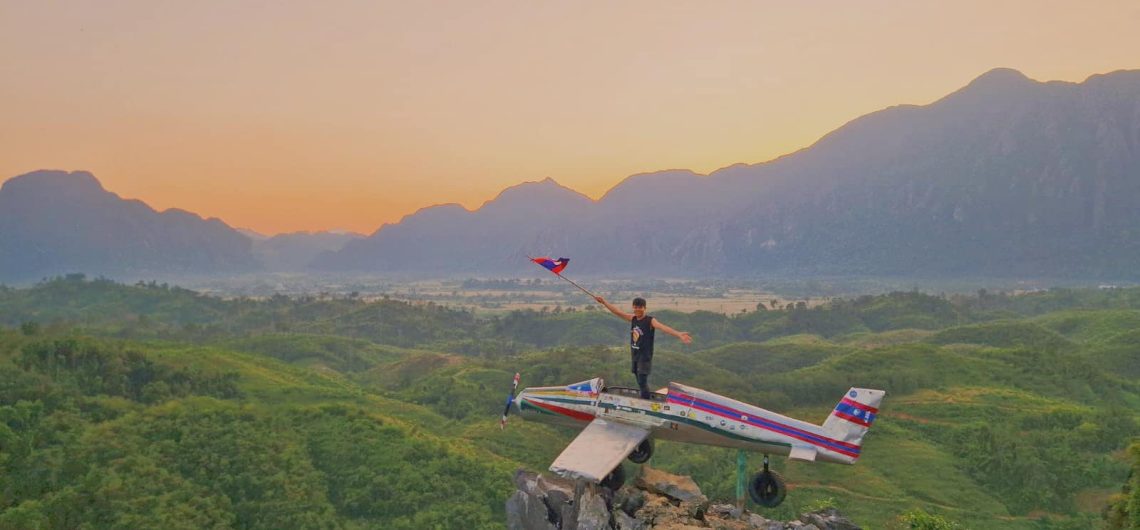
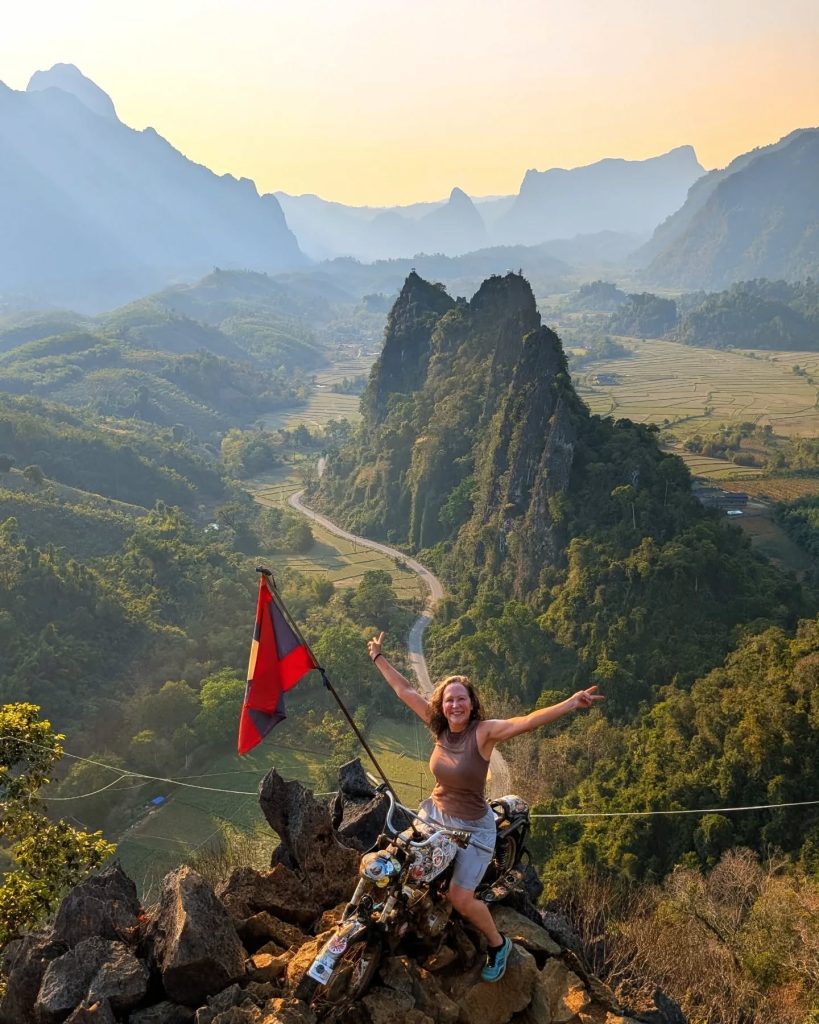
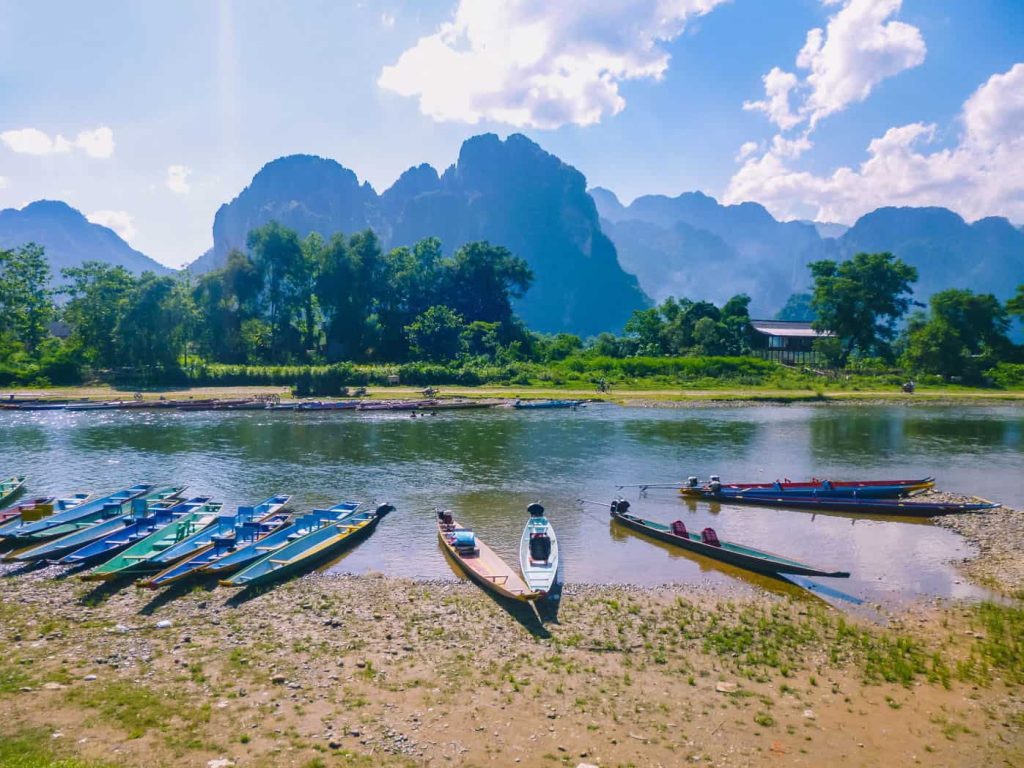
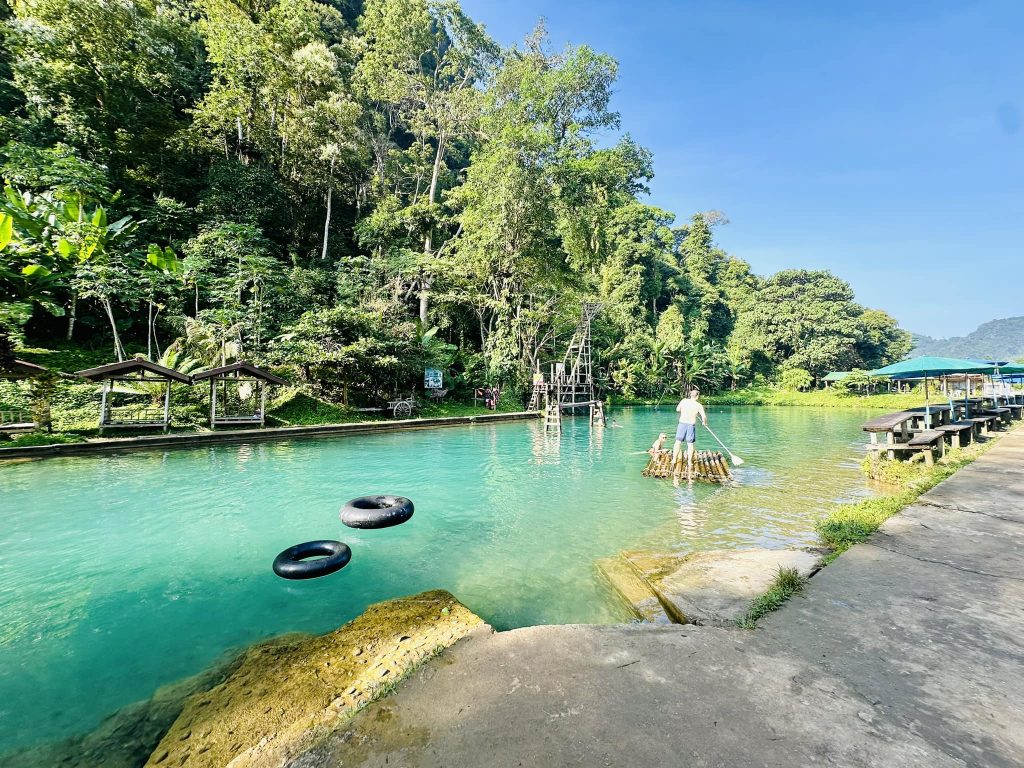
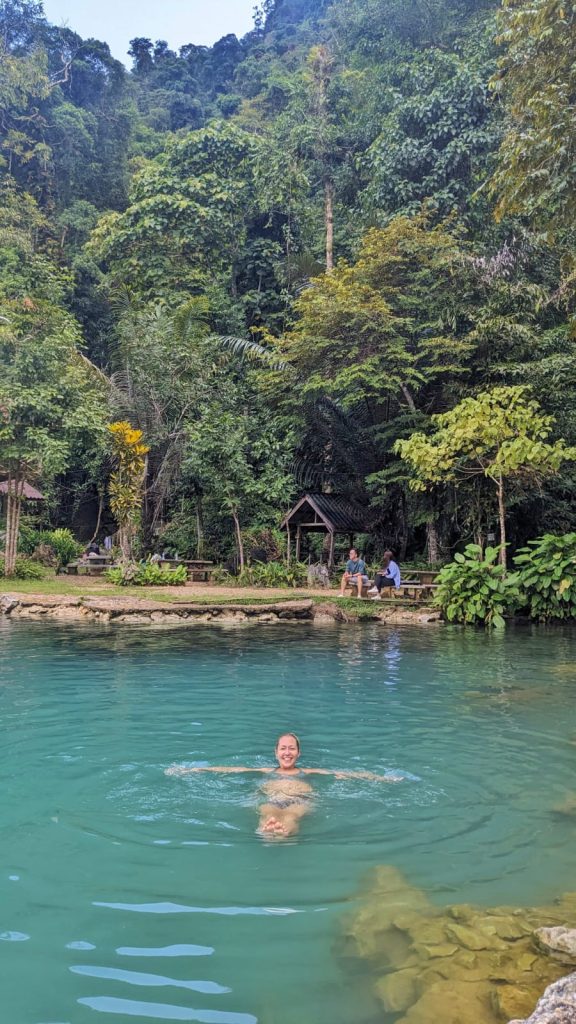
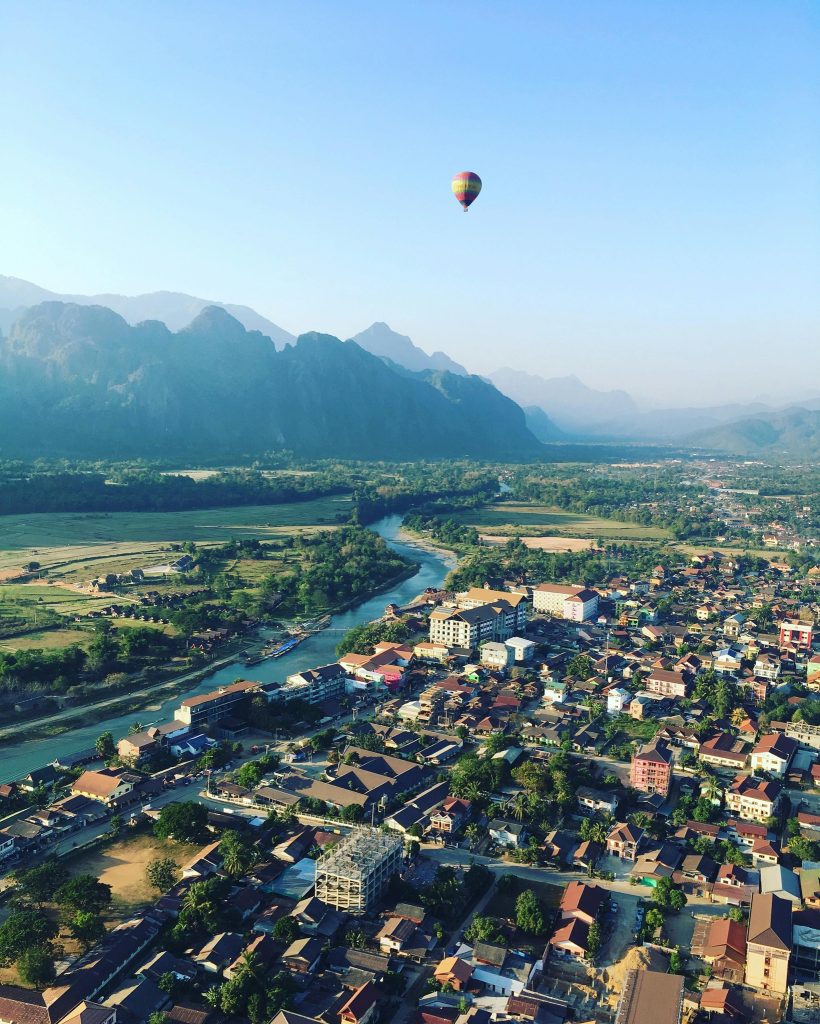
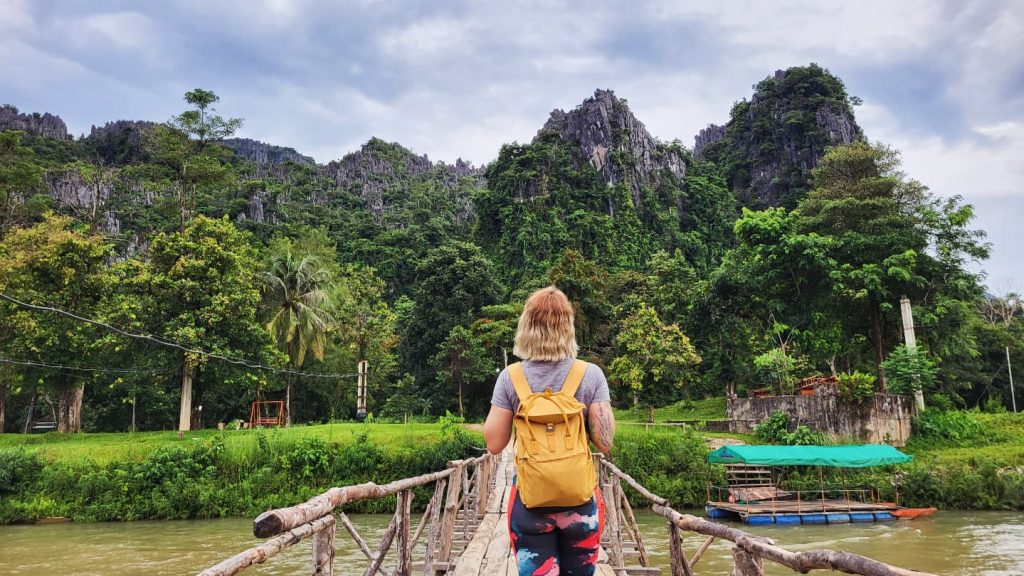
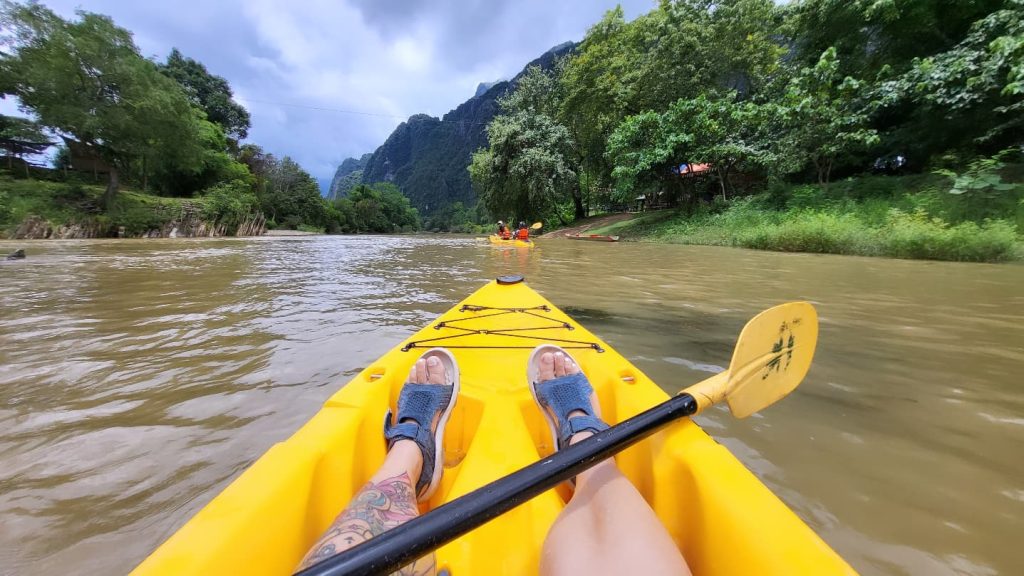
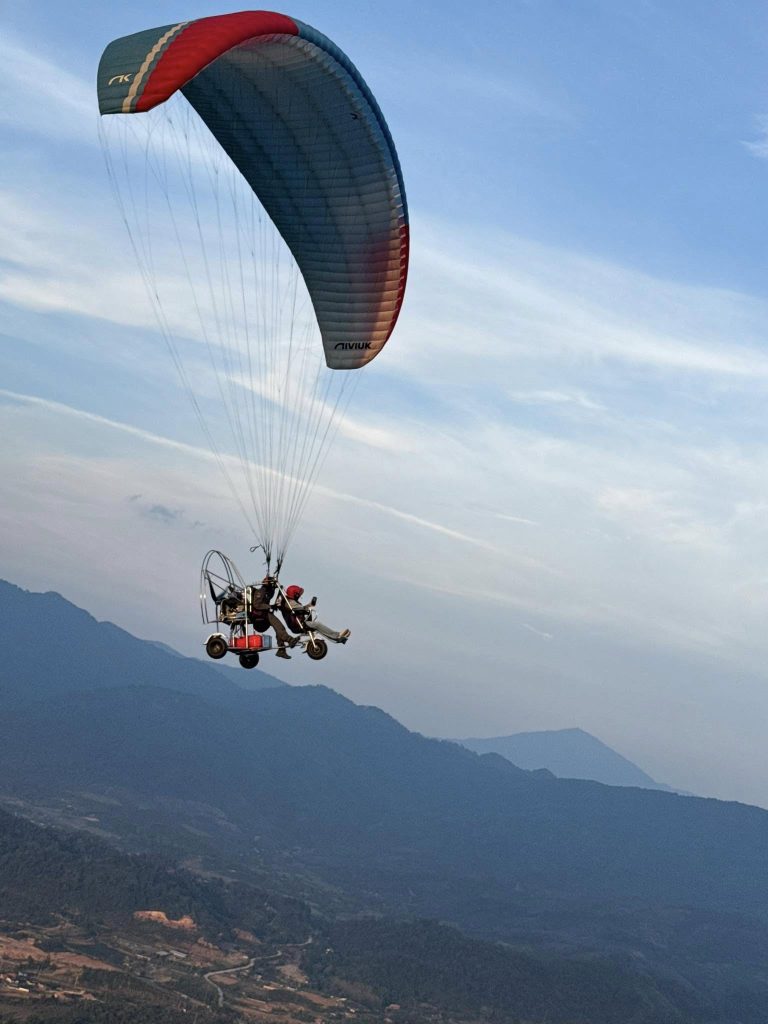
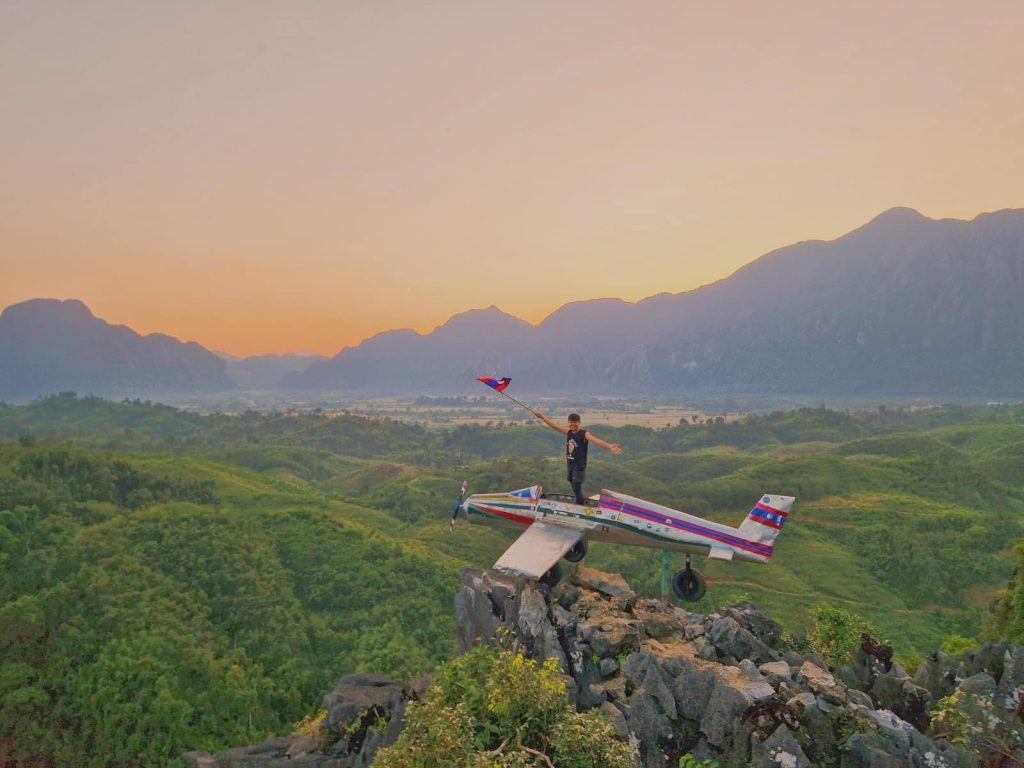
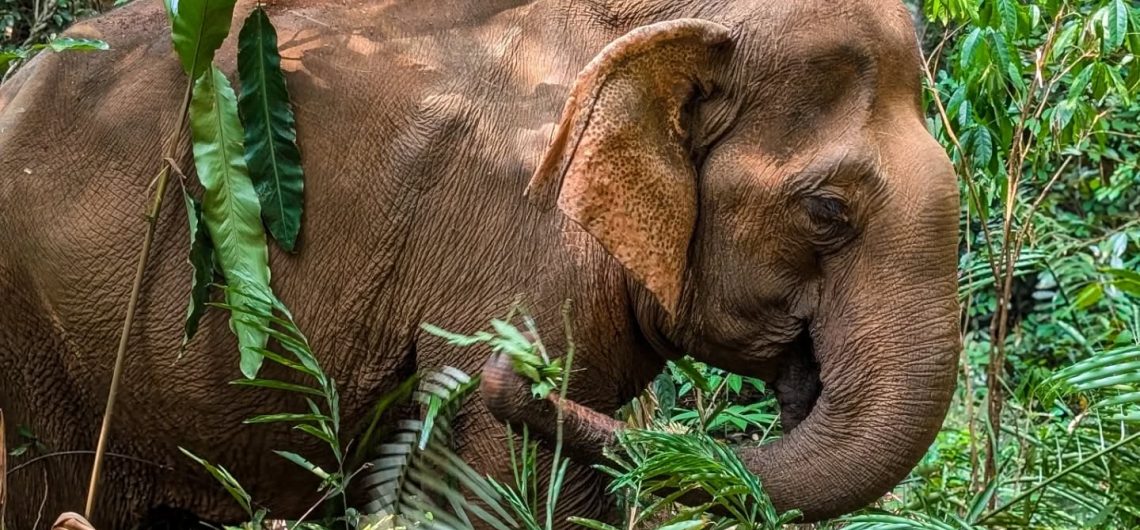
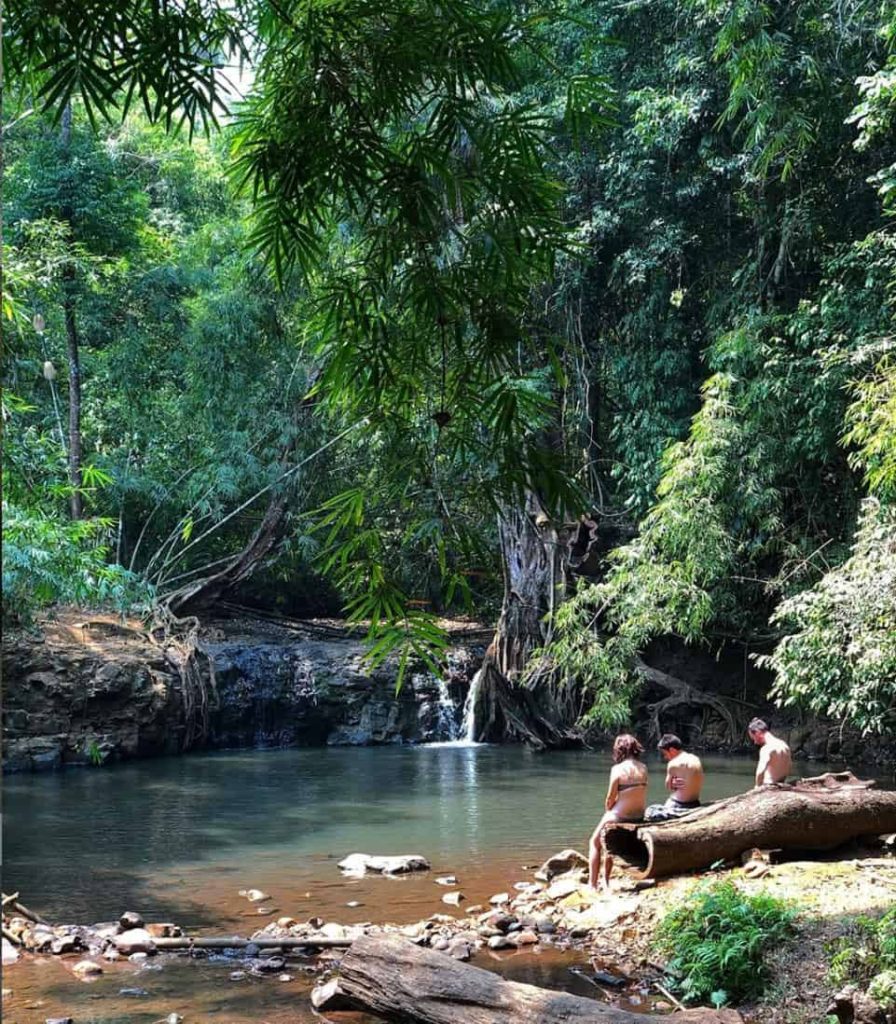
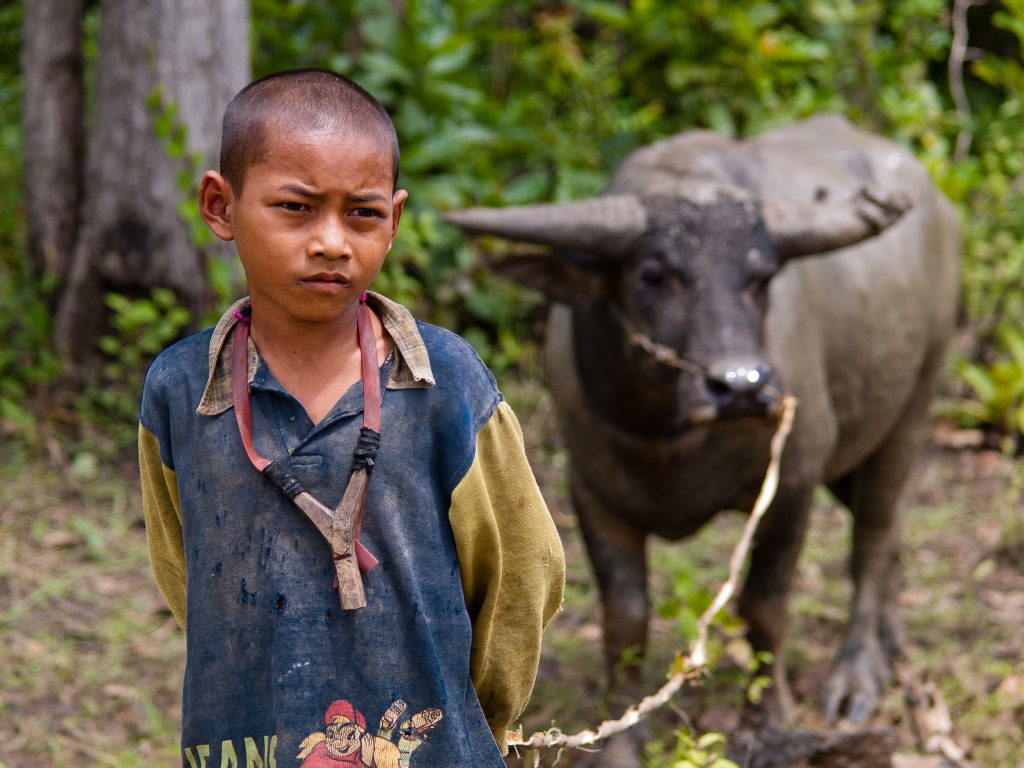
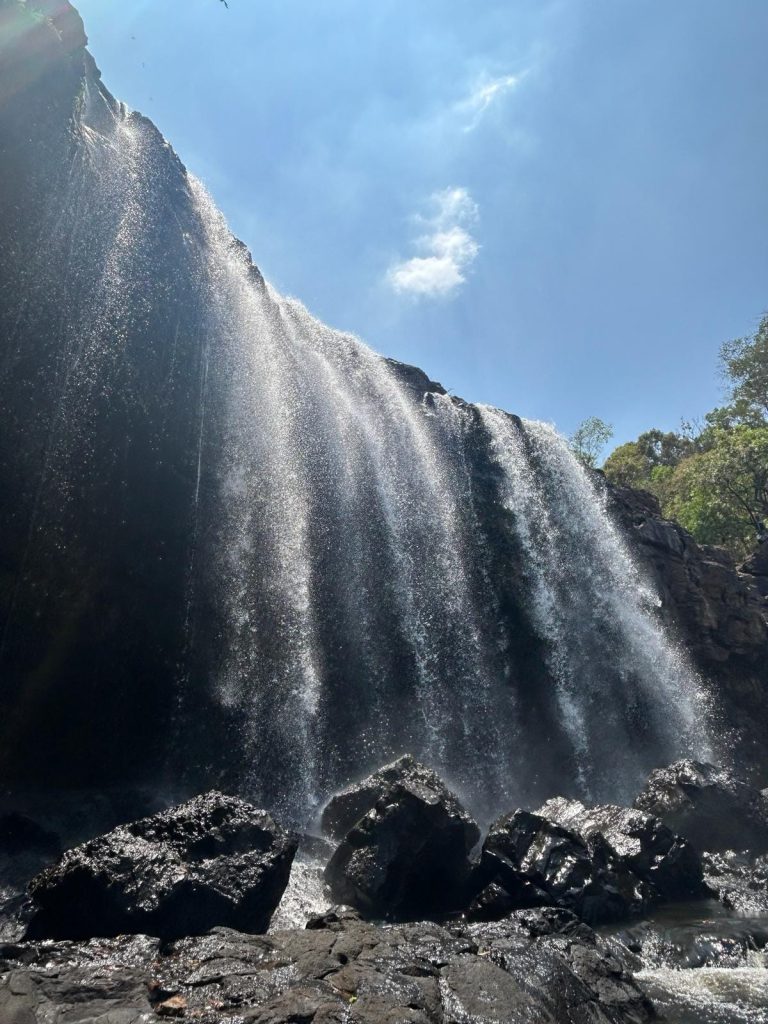
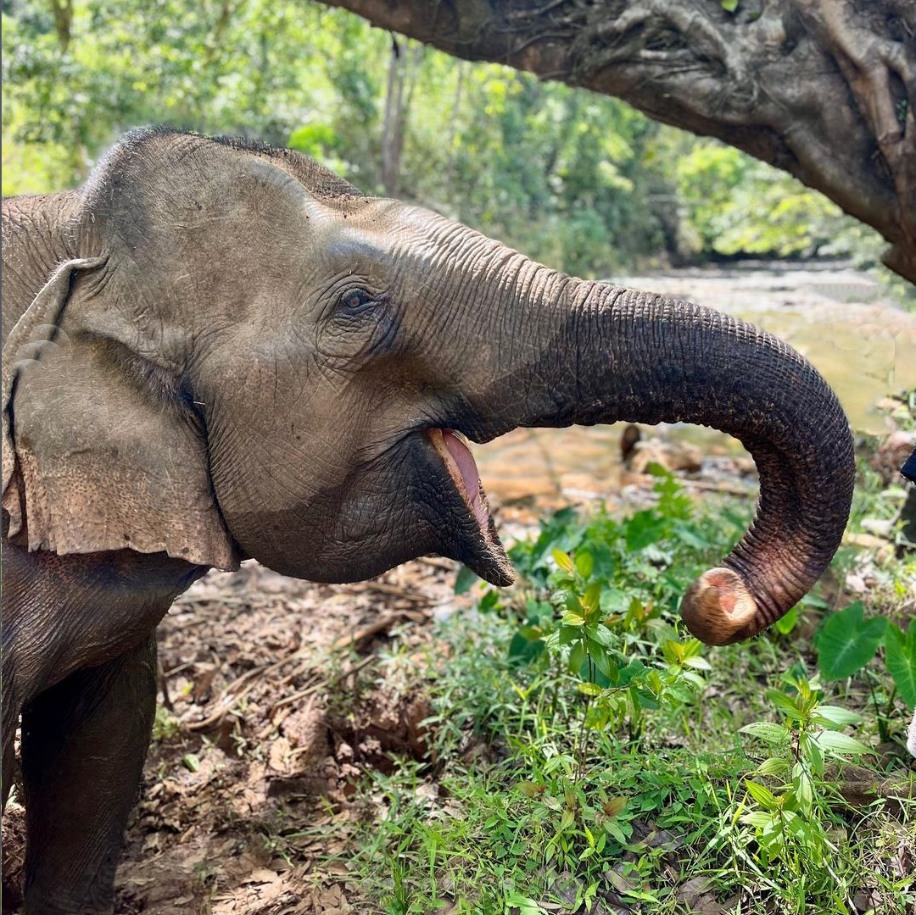
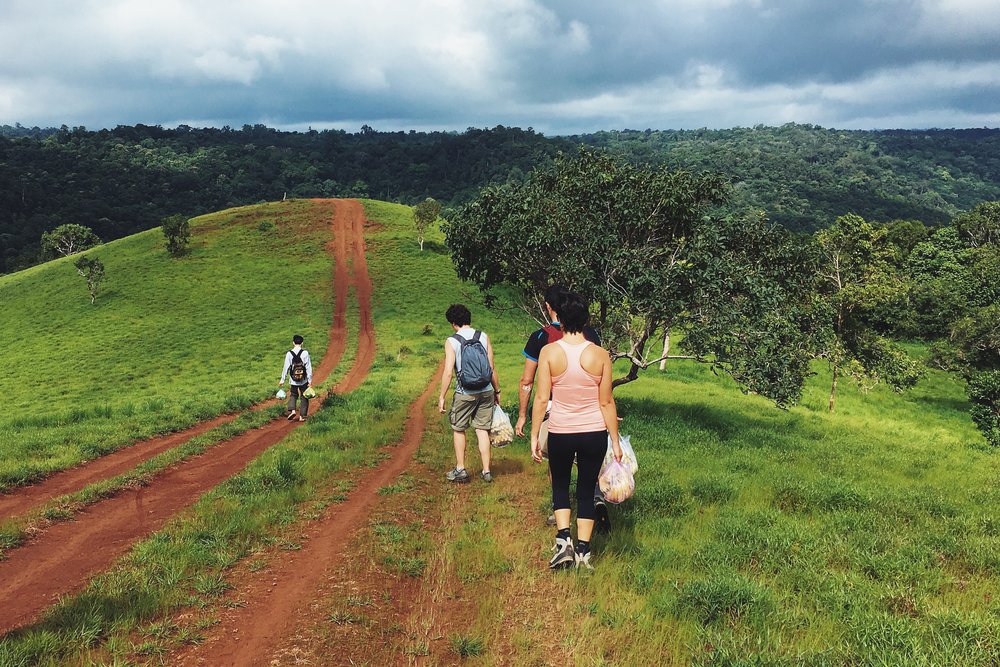
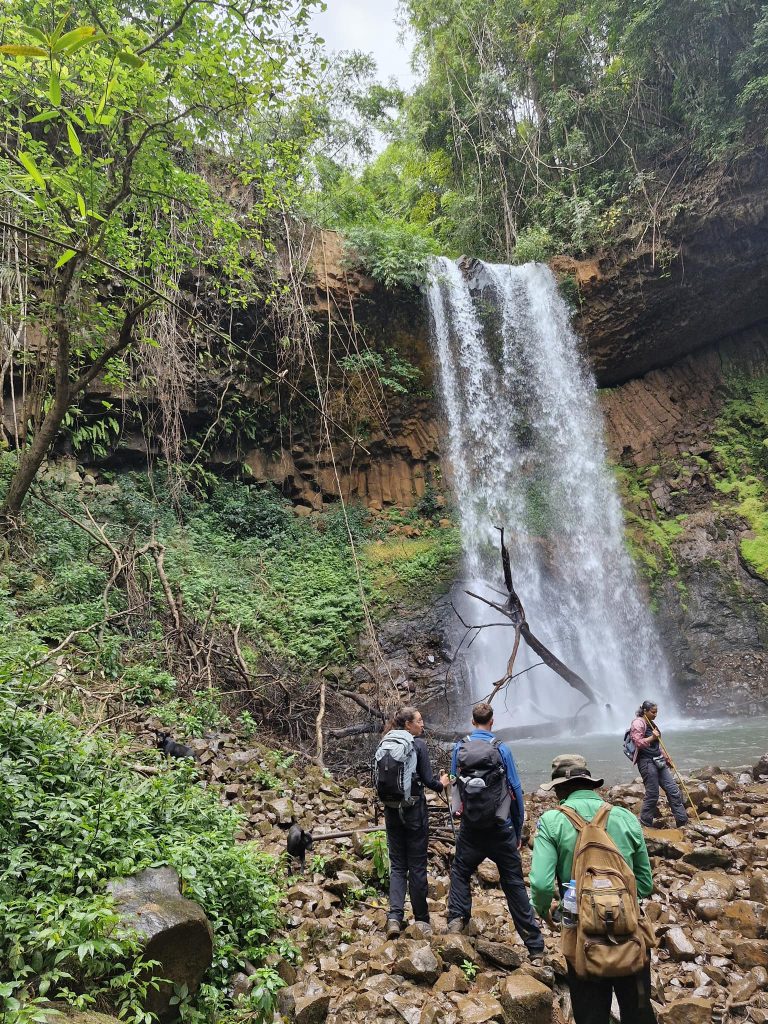
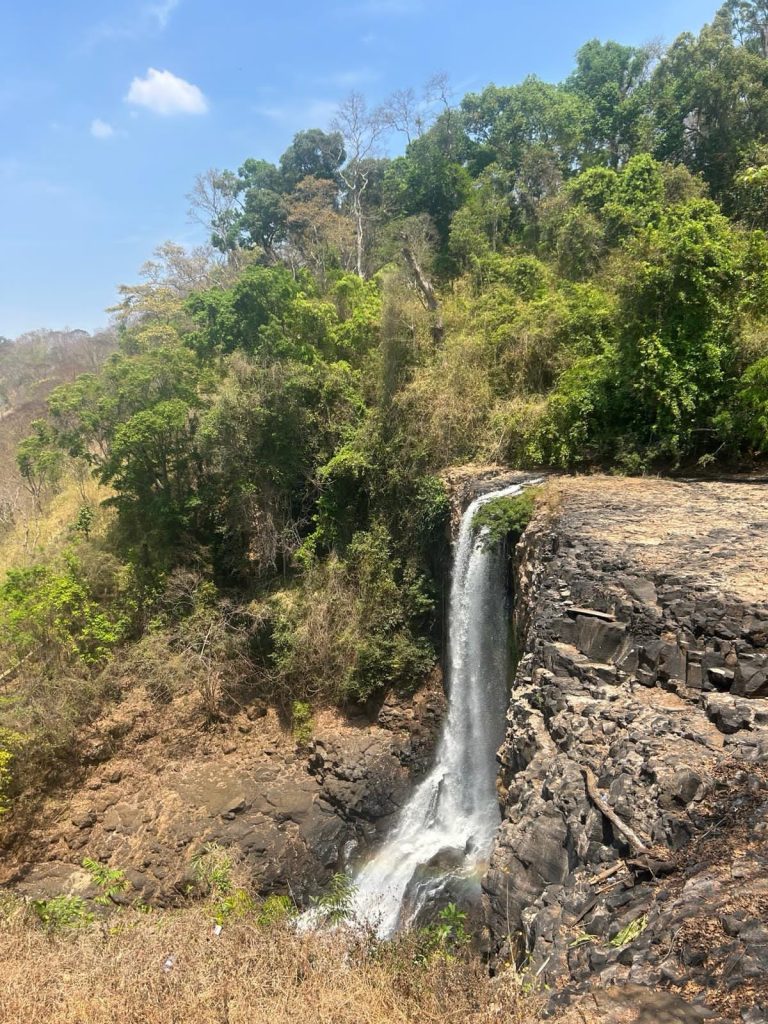
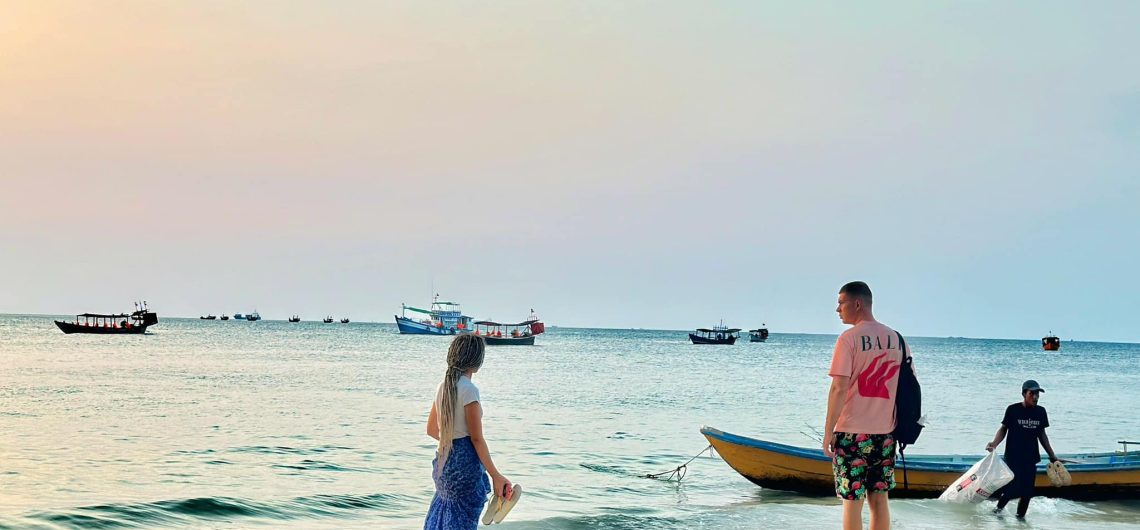
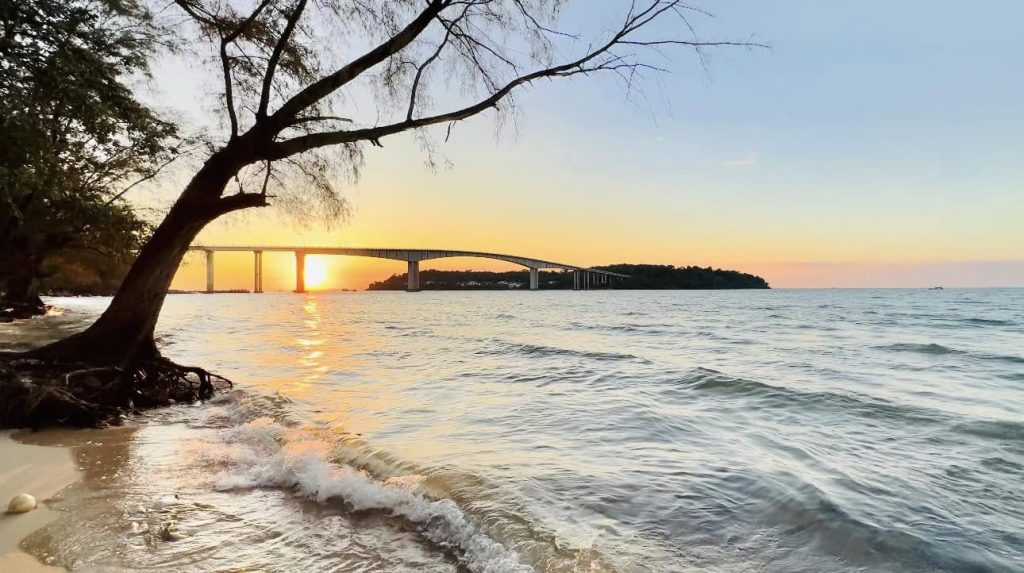
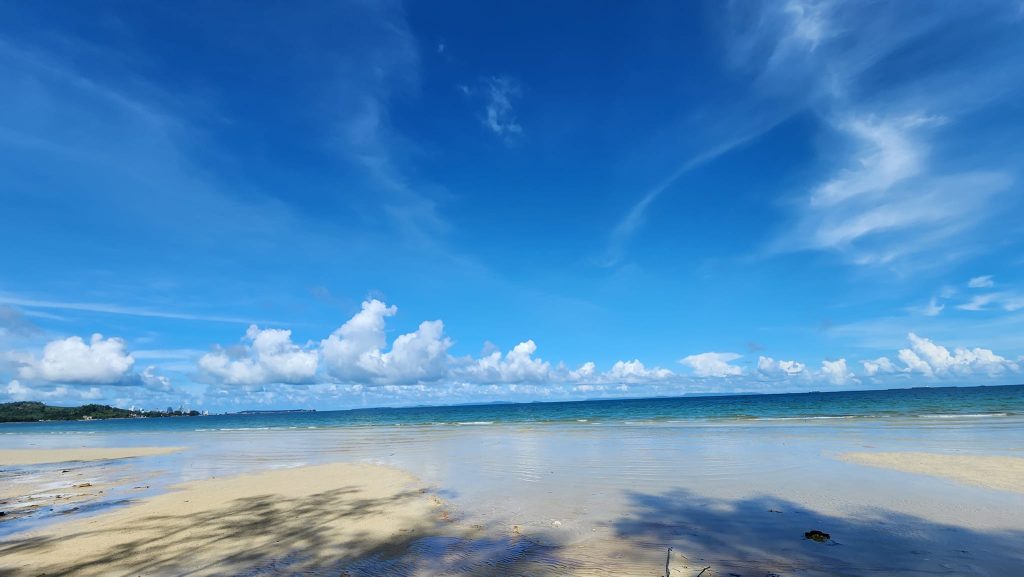
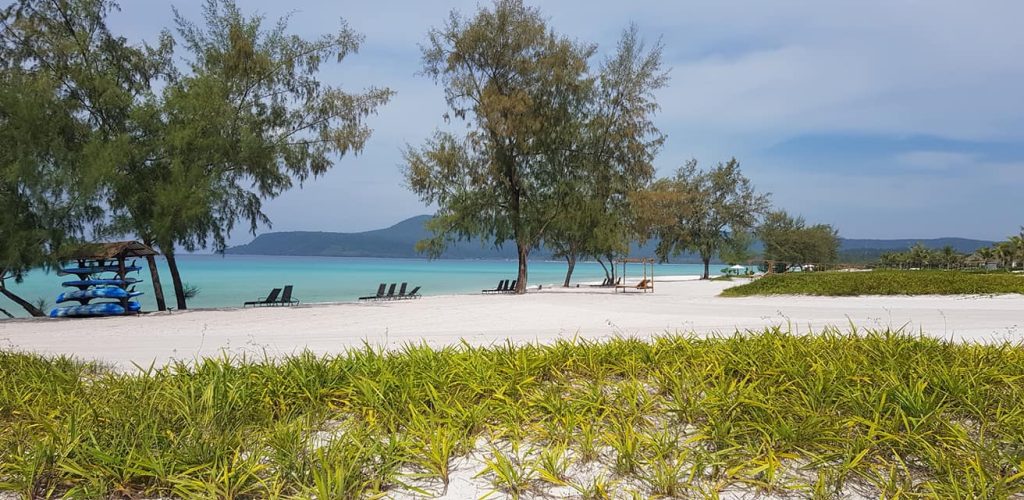
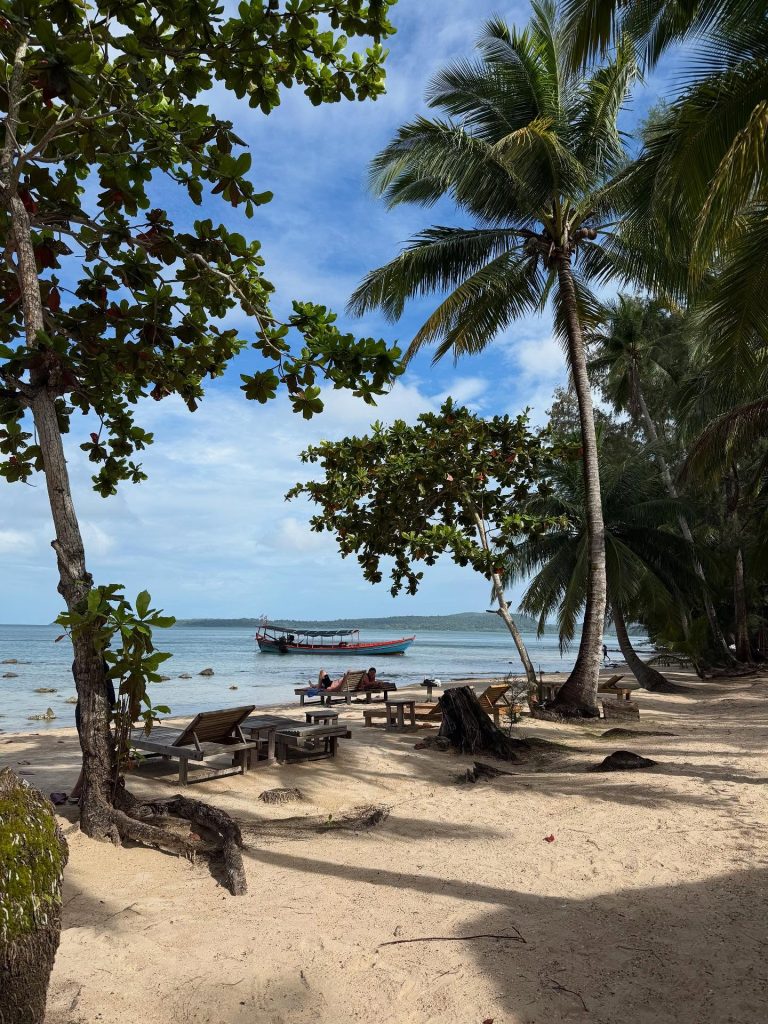
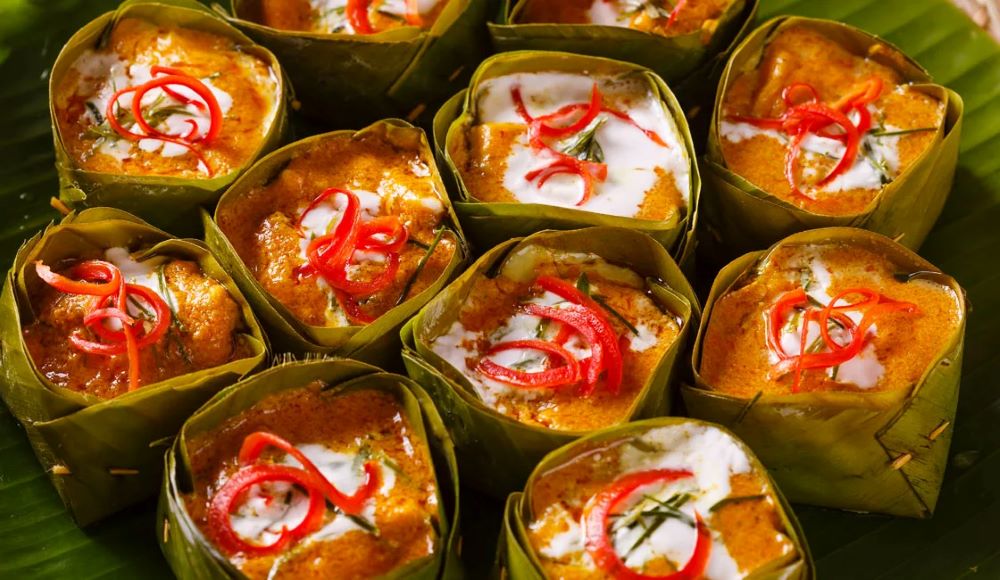
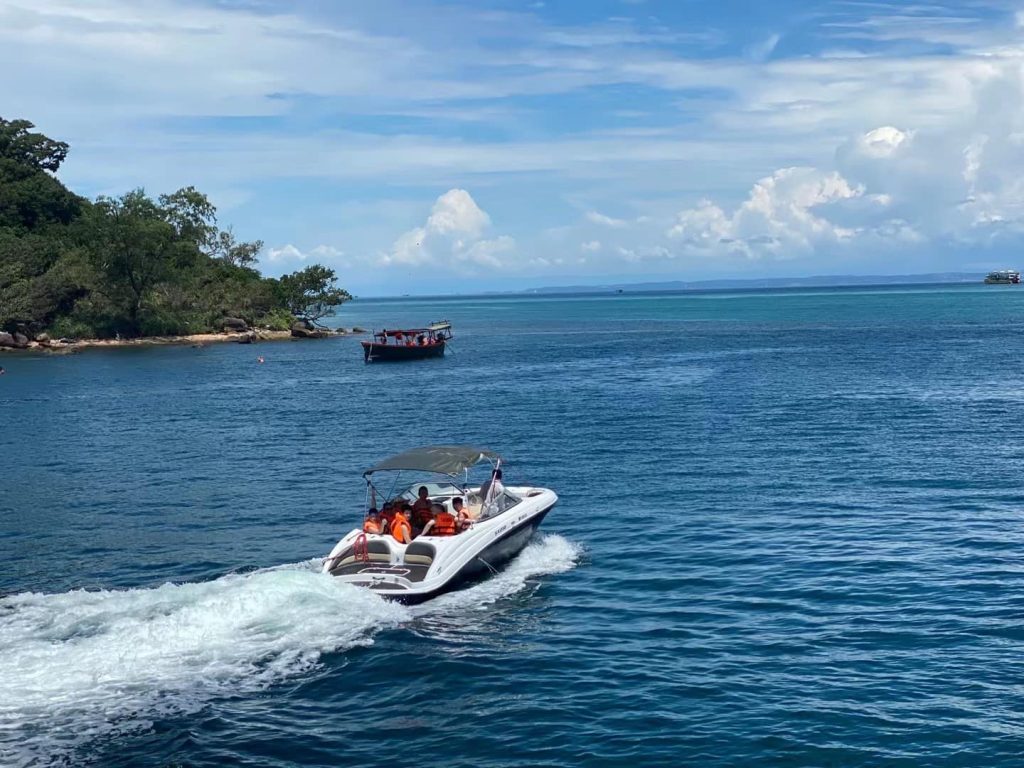
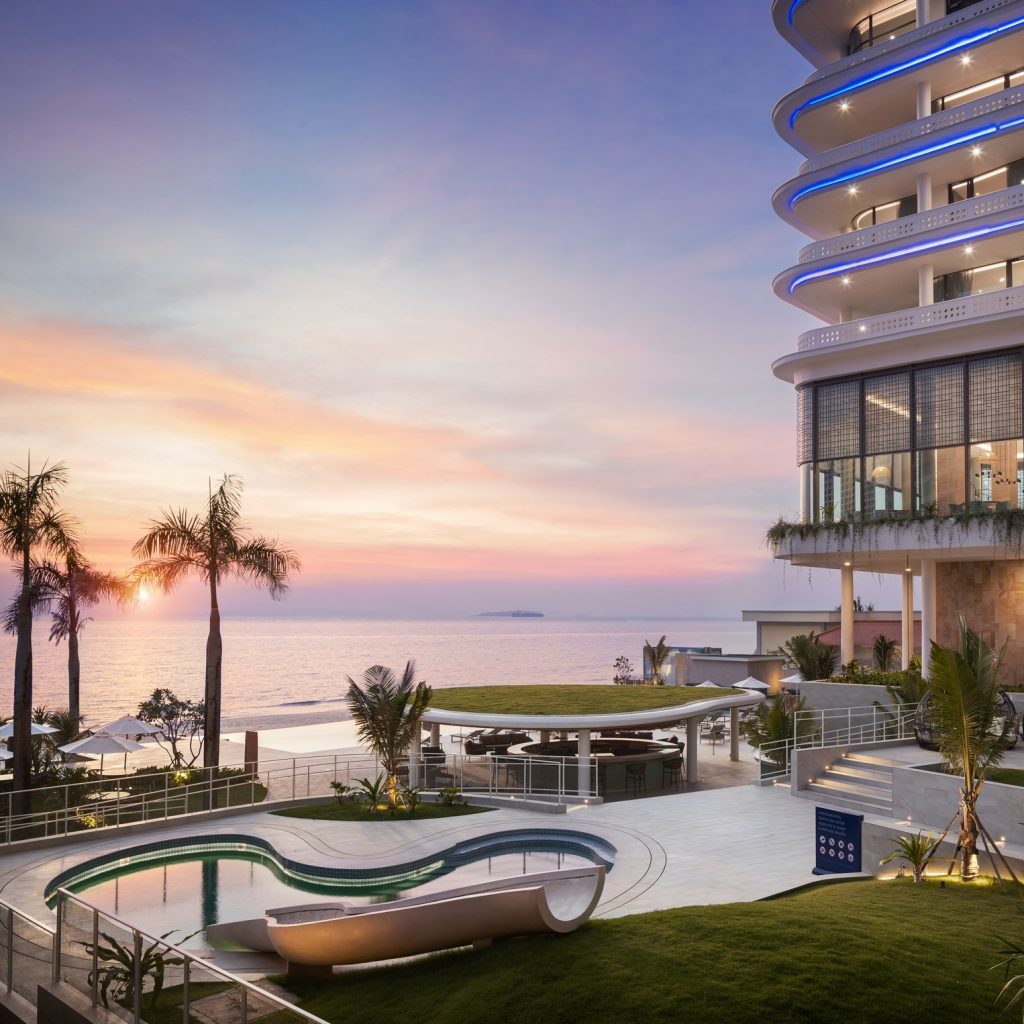
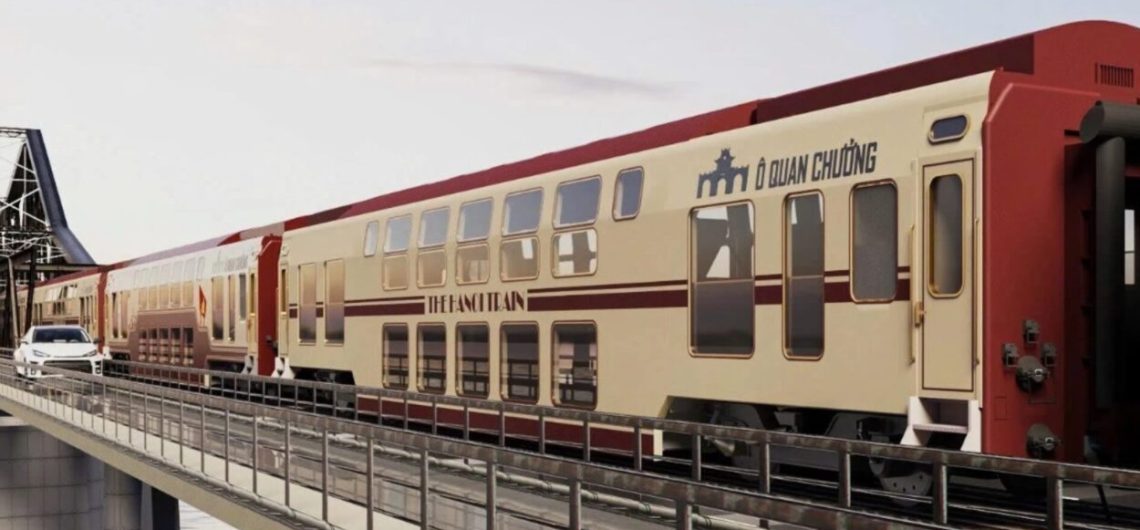
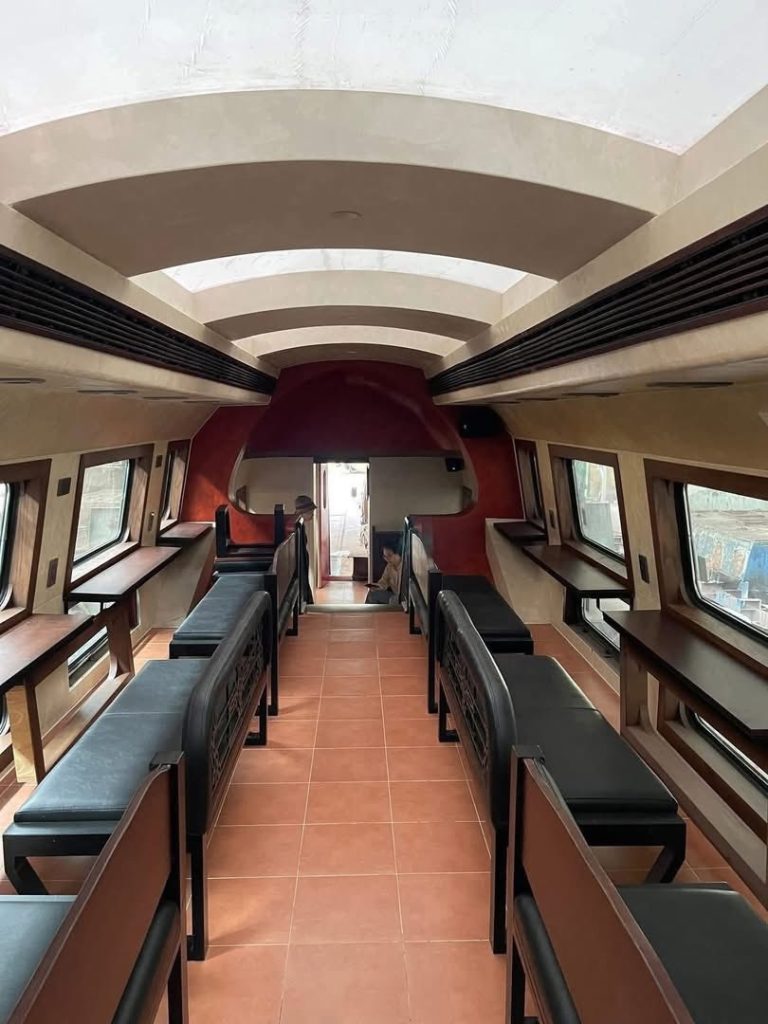
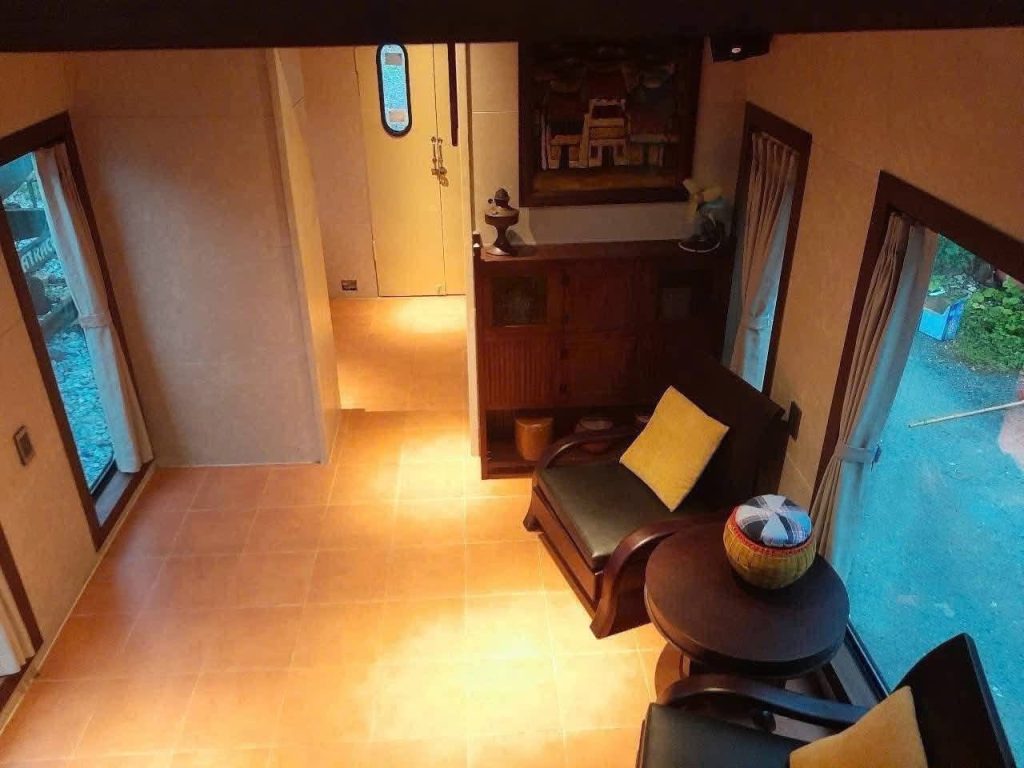
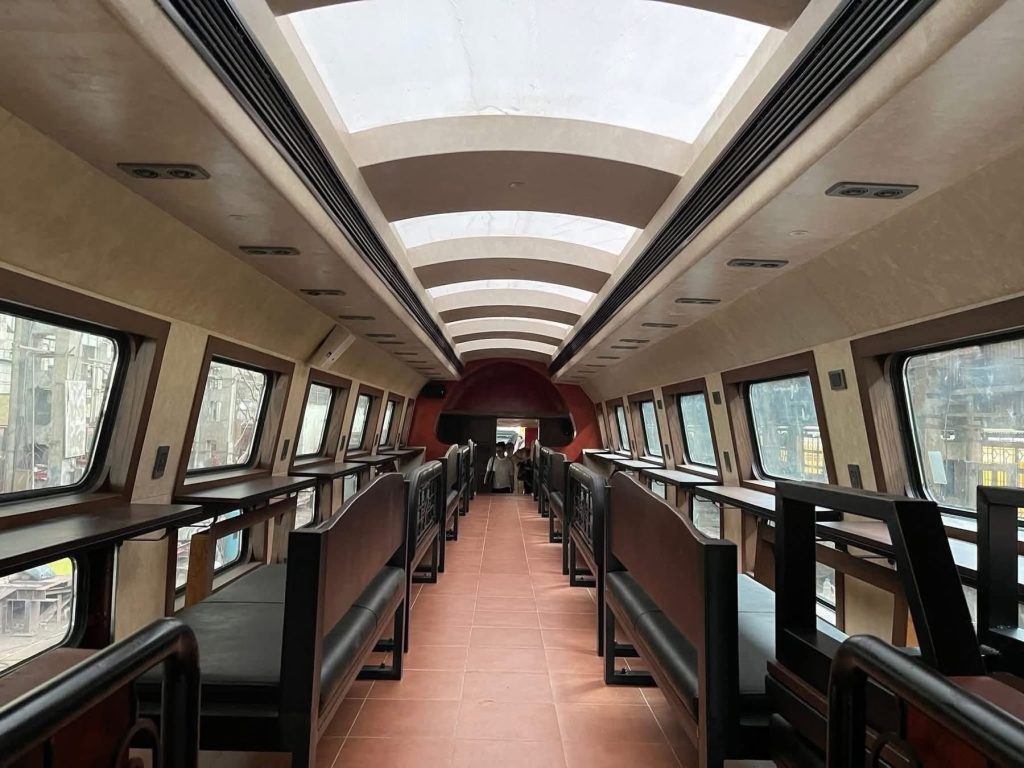
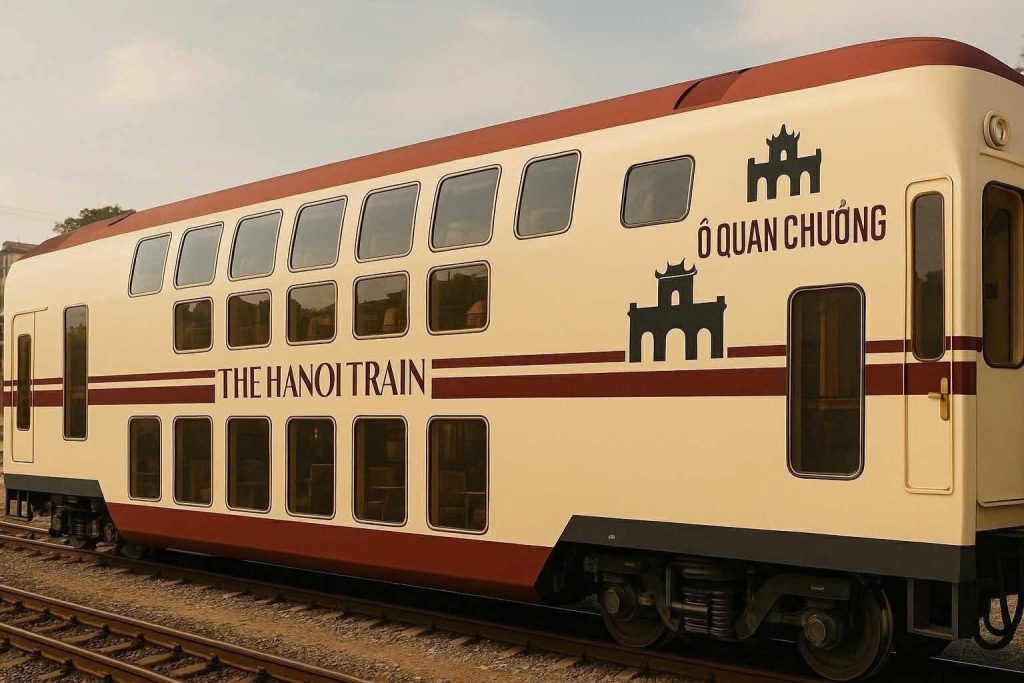 This ambitious project is a collaboration between
This ambitious project is a collaboration between 